The 1860s were a seminal decade for Brooklyn, marking a period of significant change and development. Not only was the country embroiled in the Civil War, but Brooklyn itself was undergoing substantial transformations that would shape its future. Today, as we traverse the modern-day streets of neighborhoods like Williamsburg, Cobble Hill, and Bed-Stuy, it’s hard to fathom the vastly different landscapes that existed over 150 years ago. In this post, we delve into Brooklyn in the 1860s, unpacking its history and laying bare its vintage memories.
The Rise of Industry
One of the most notable aspects of 1860s Brooklyn was the burgeoning industrial scene. Factories, shipyards, and workshops began to sprout around the East River waterfront, notably in areas like Red Hook and DUMBO. The industrial boom led to job opportunities, attracting immigrants and laborers. This wave of immigration enriched Brooklyn’s cultural fabric, giving birth to vibrant communities that continue to characterize the borough today.
The Civil War’s Impact
While industry was booming, the Civil War had a palpable impact on Brooklyn. It was a key supplier for the Union Army, with the Brooklyn Navy Yard playing a pivotal role in shipbuilding. Brooklyn also contributed significantly to the war effort through the enlistment of local soldiers. The effects of the war were felt not just on the battlefield but within the community, as families were torn apart and social dynamics shifted.
A Borough United by Transportation
1865 marked the completion of the Brooklyn Bridge’s foundational caissons, although the bridge itself wouldn’t be completed until 1883. This engineering feat signaled a significant advancement in connecting Brooklyn to Manhattan. Around the same time, horse-drawn streetcars and the advent of steam ferries facilitated easier intra-borough travel. These developments in transportation were a harbinger of Brooklyn’s eventual consolidation with New York City in 1898.
Social Fabric and Cultural Milestones
The Brooklyn Academy of Music (BAM), which still stands today as a beacon of culture, was founded in 1861. It quickly became a hub for the arts, hosting operas, orchestral performances, and theater productions. Brooklyn’s first public park, Washington Park — now known as Fort Greene Park — also opened in the 1860s, providing residents with much-needed green space.
We encourage you to delve deeper into Brooklyn’s rich history, perhaps visiting these historic sites or searching through old photographs that capture the spirit of the time. And if you found this article enlightening, we’d love to hear your thoughts in the comments below. Don’t forget to share this post with fellow New Yorkers and history aficionados!


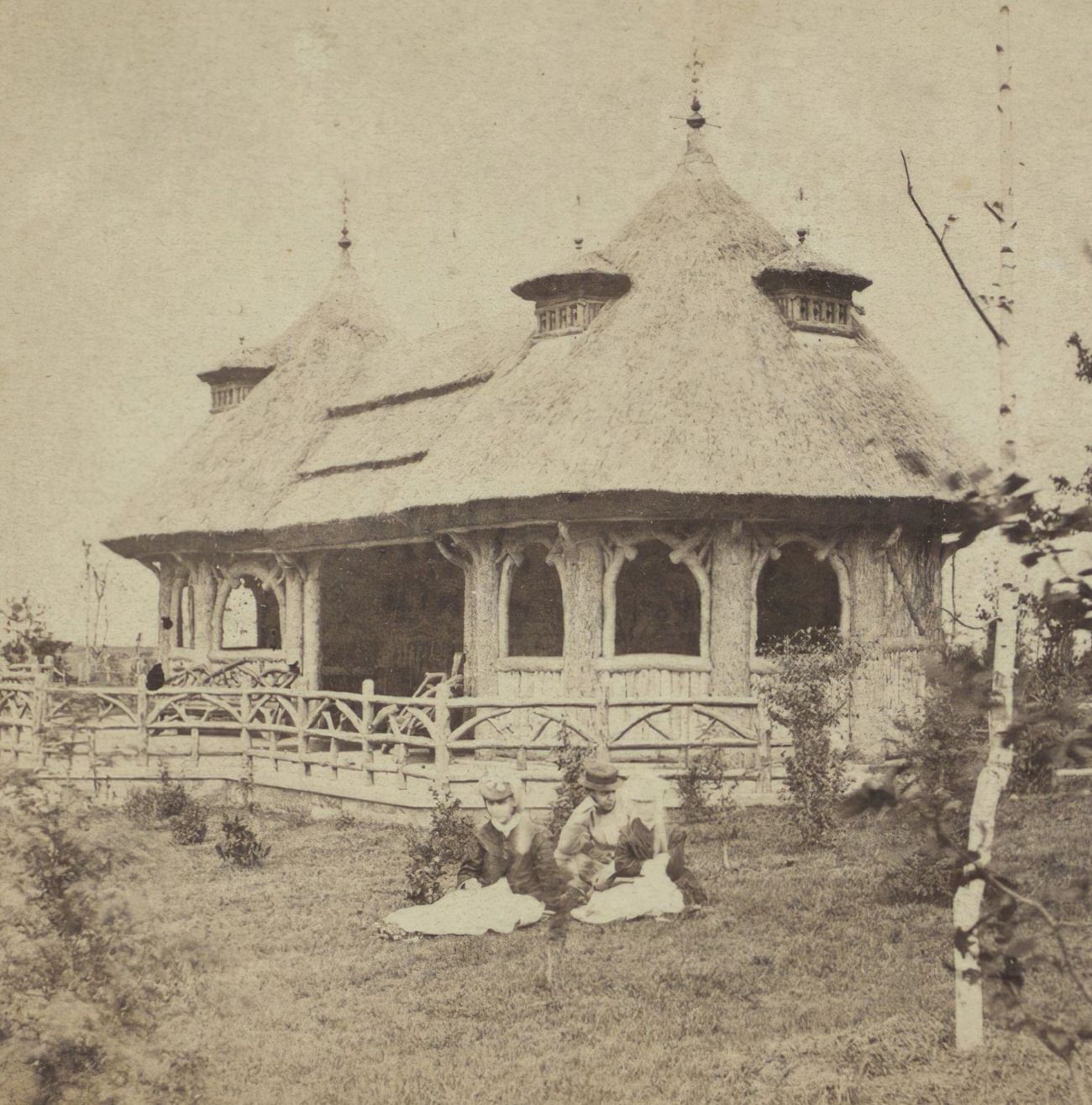
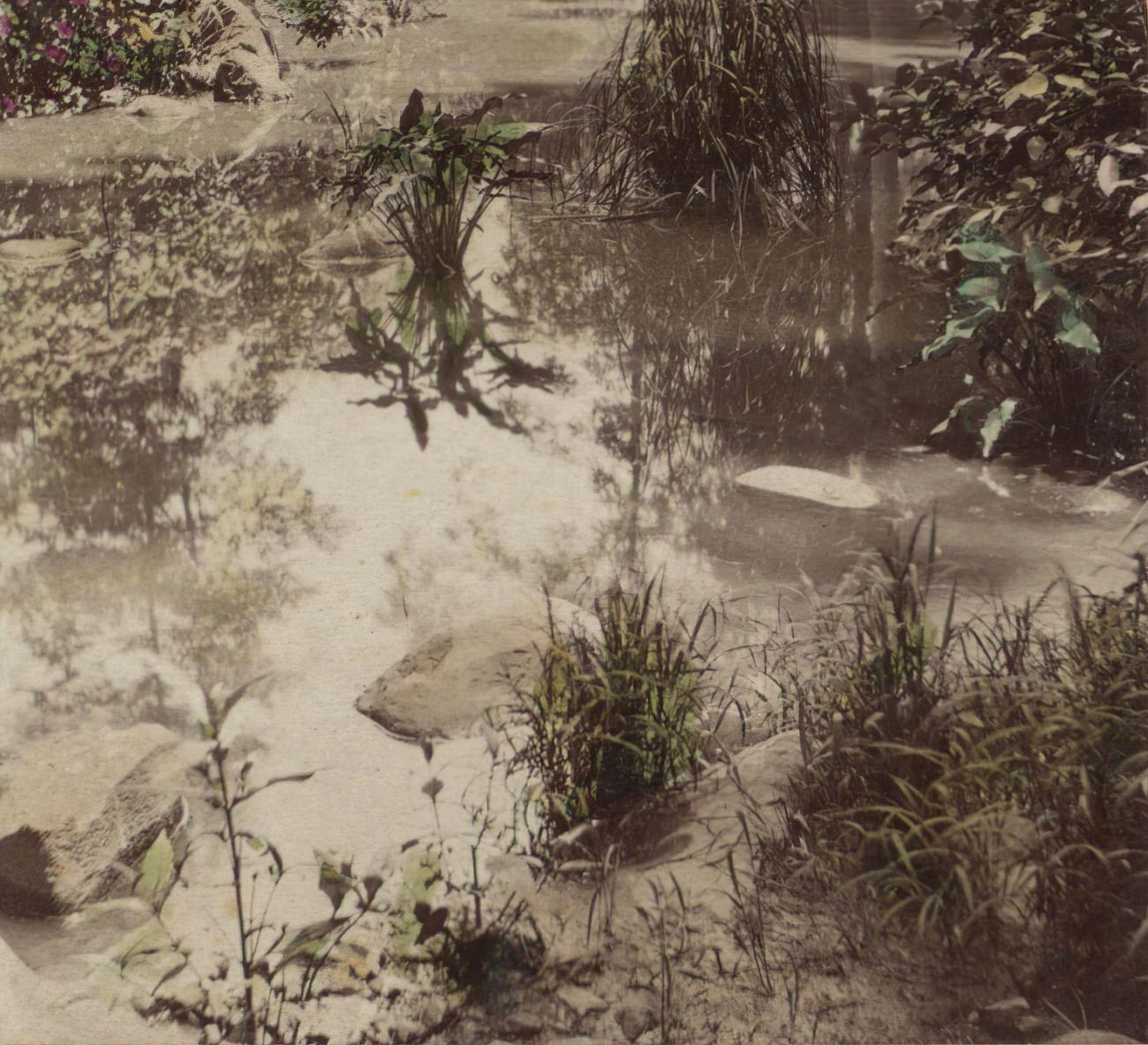
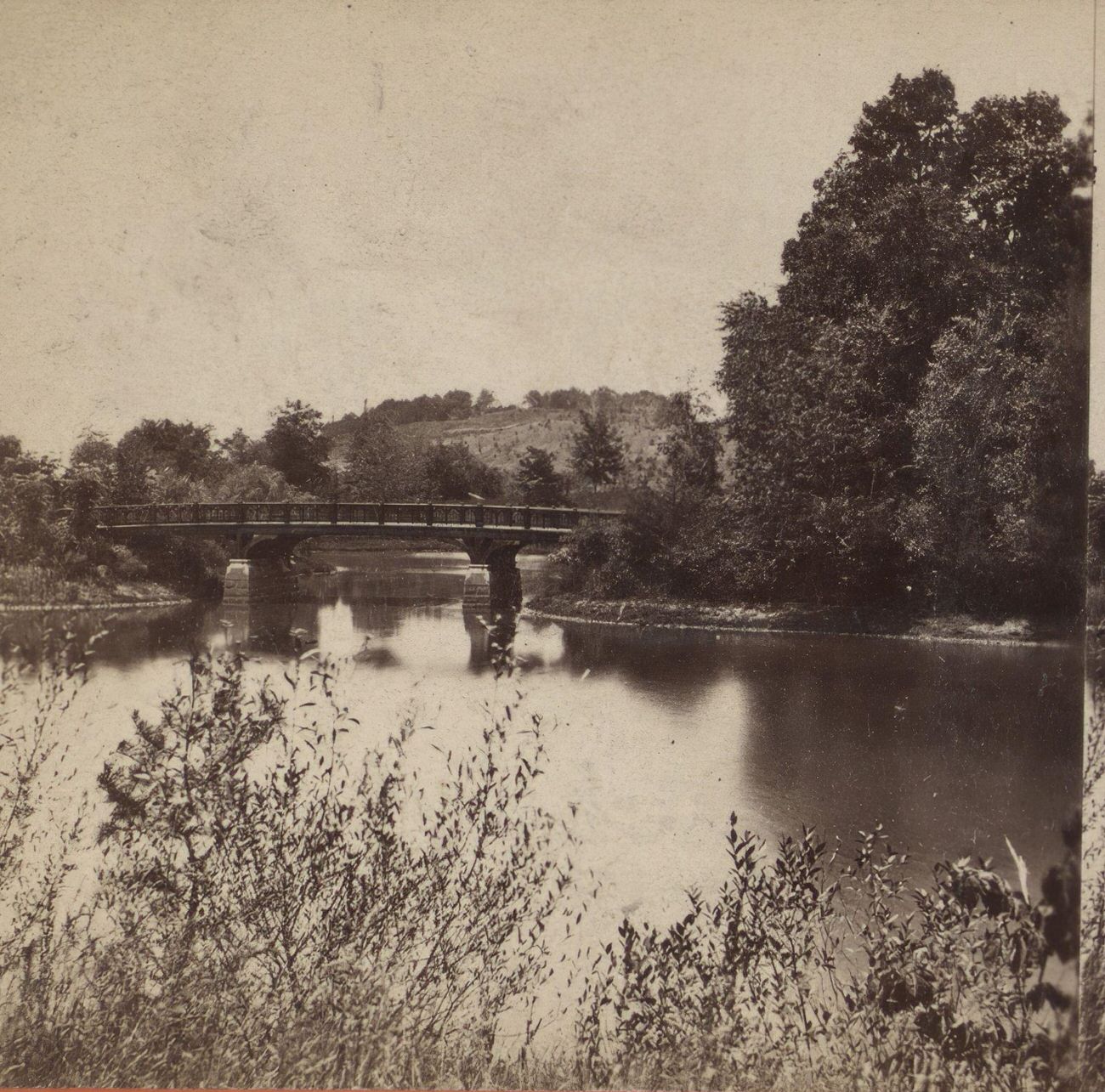
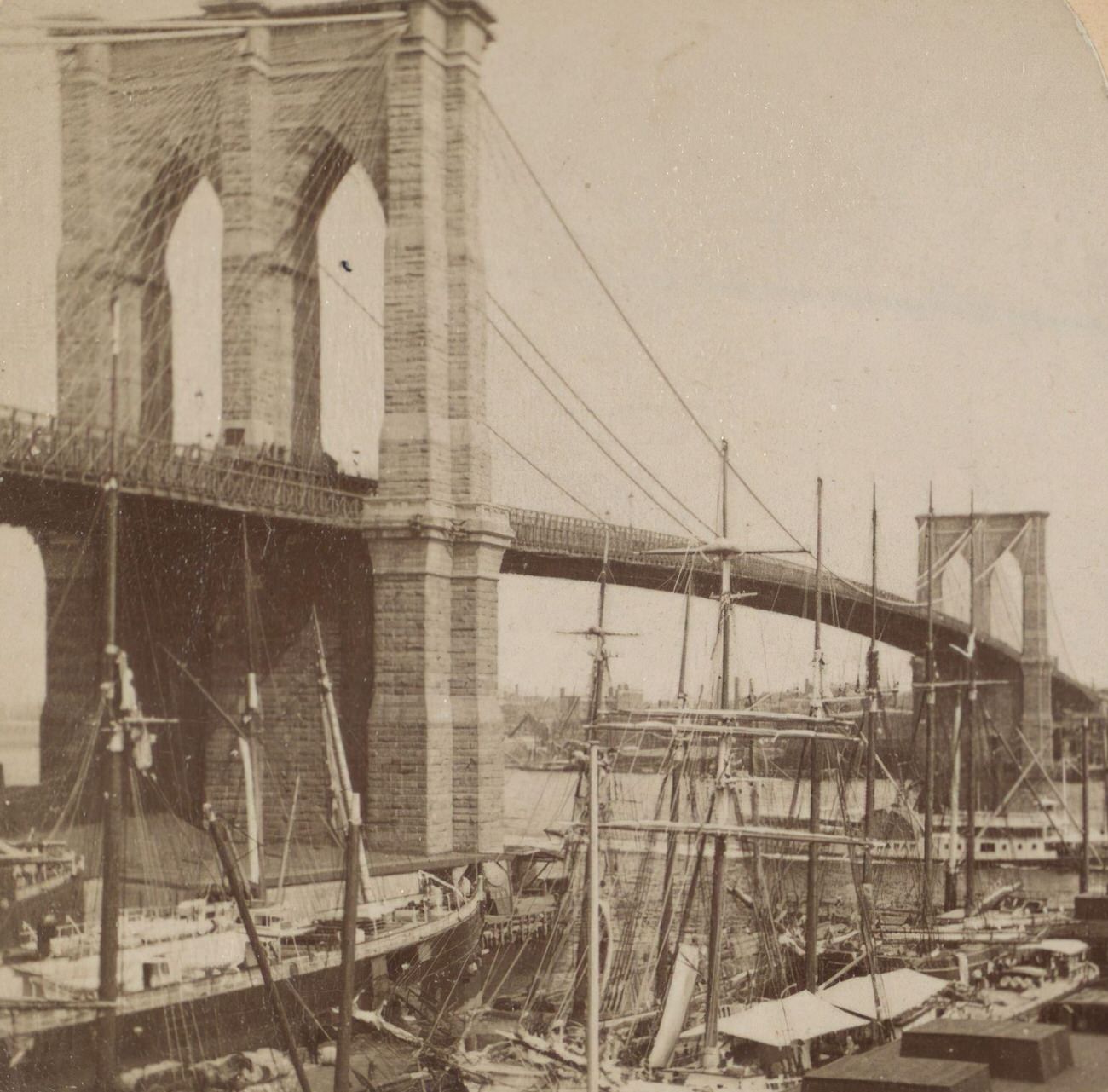
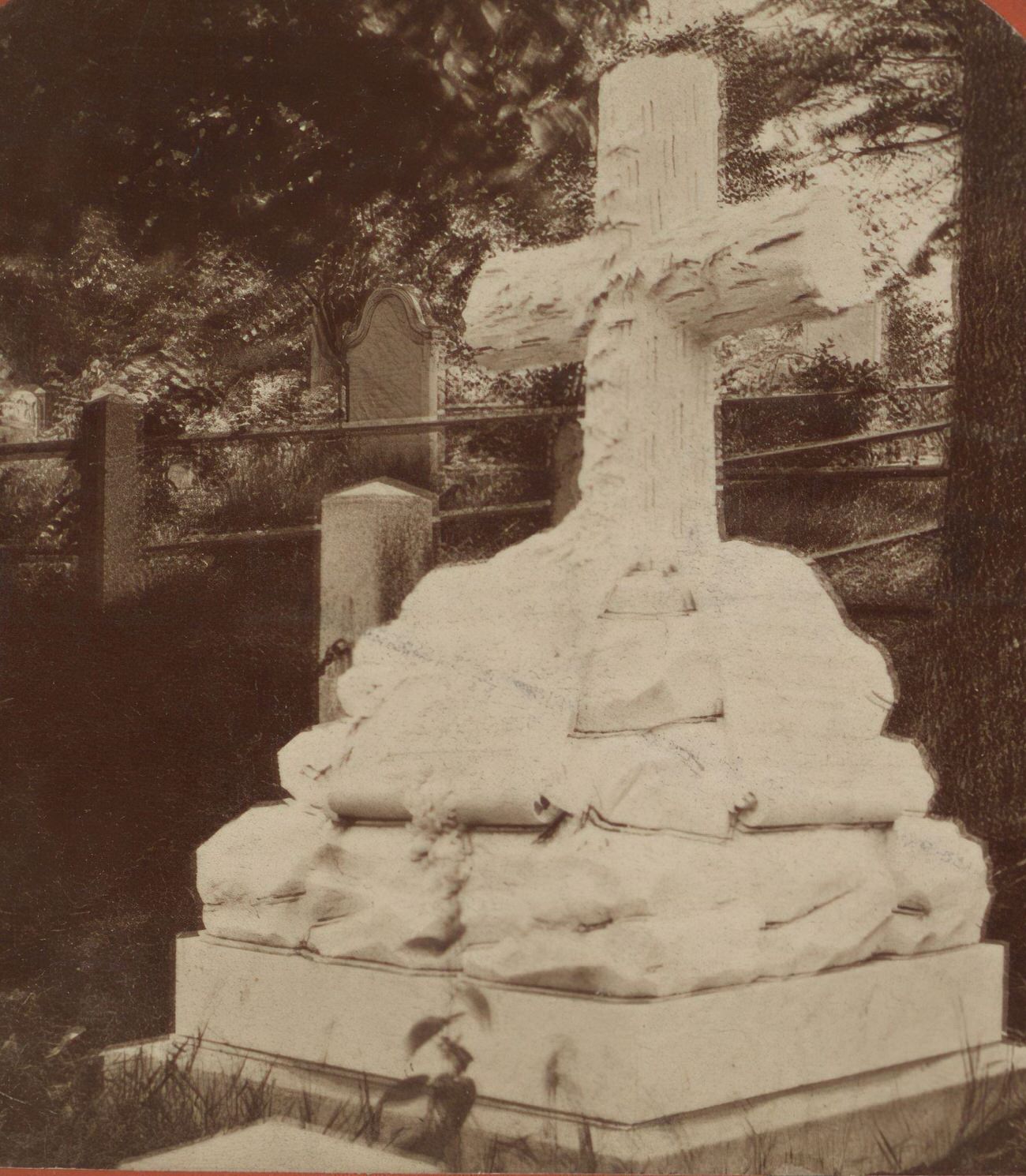
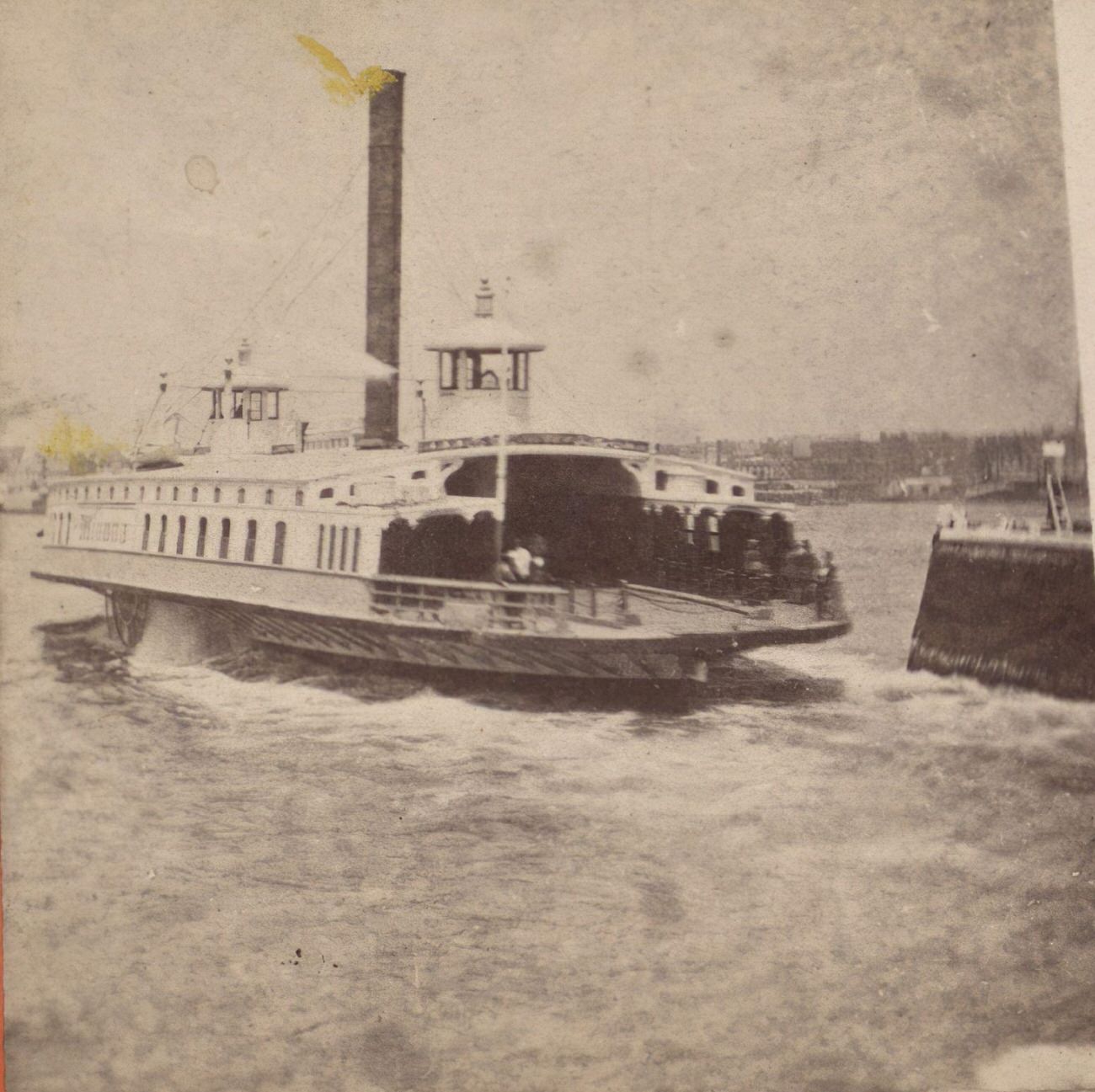
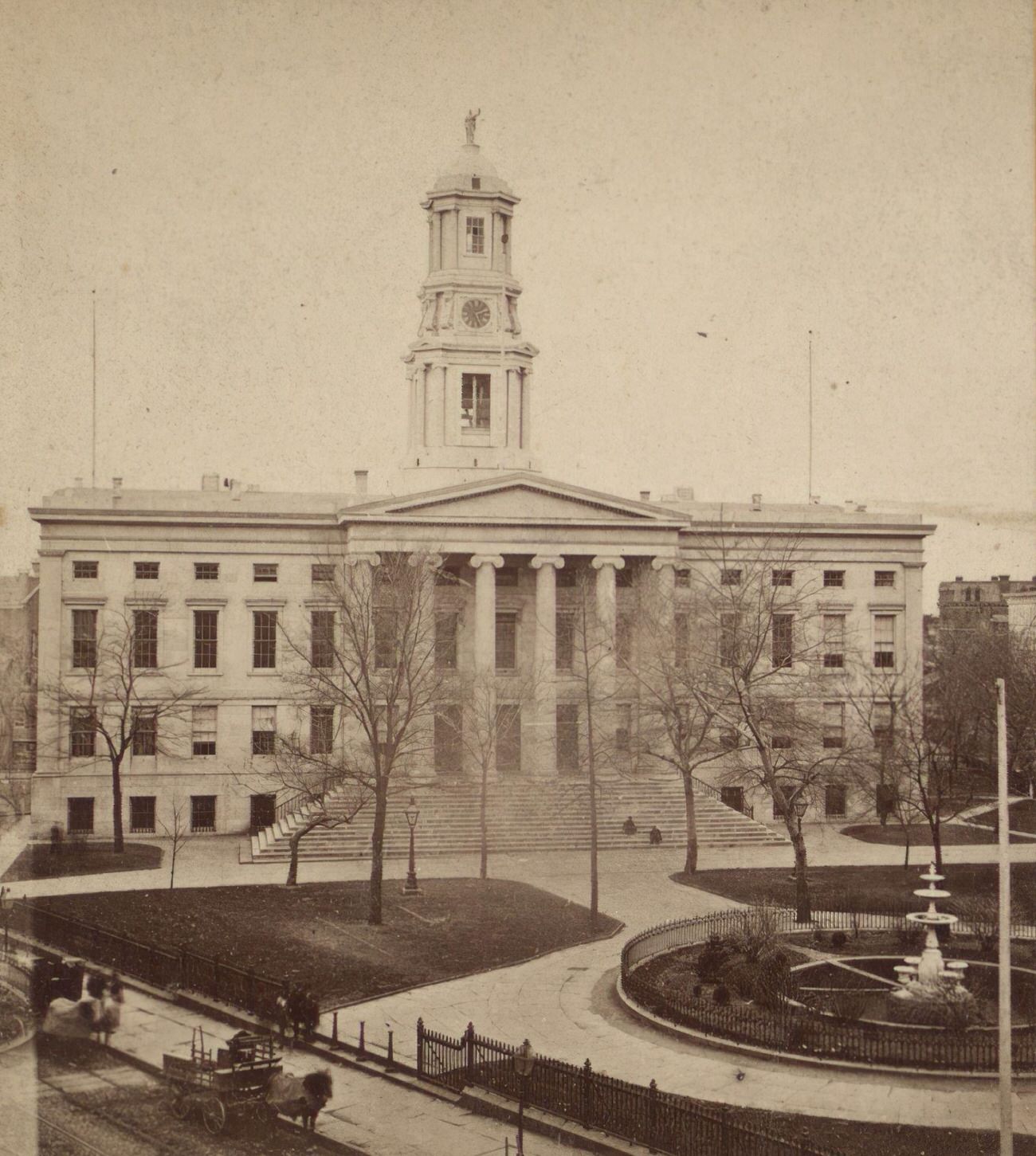
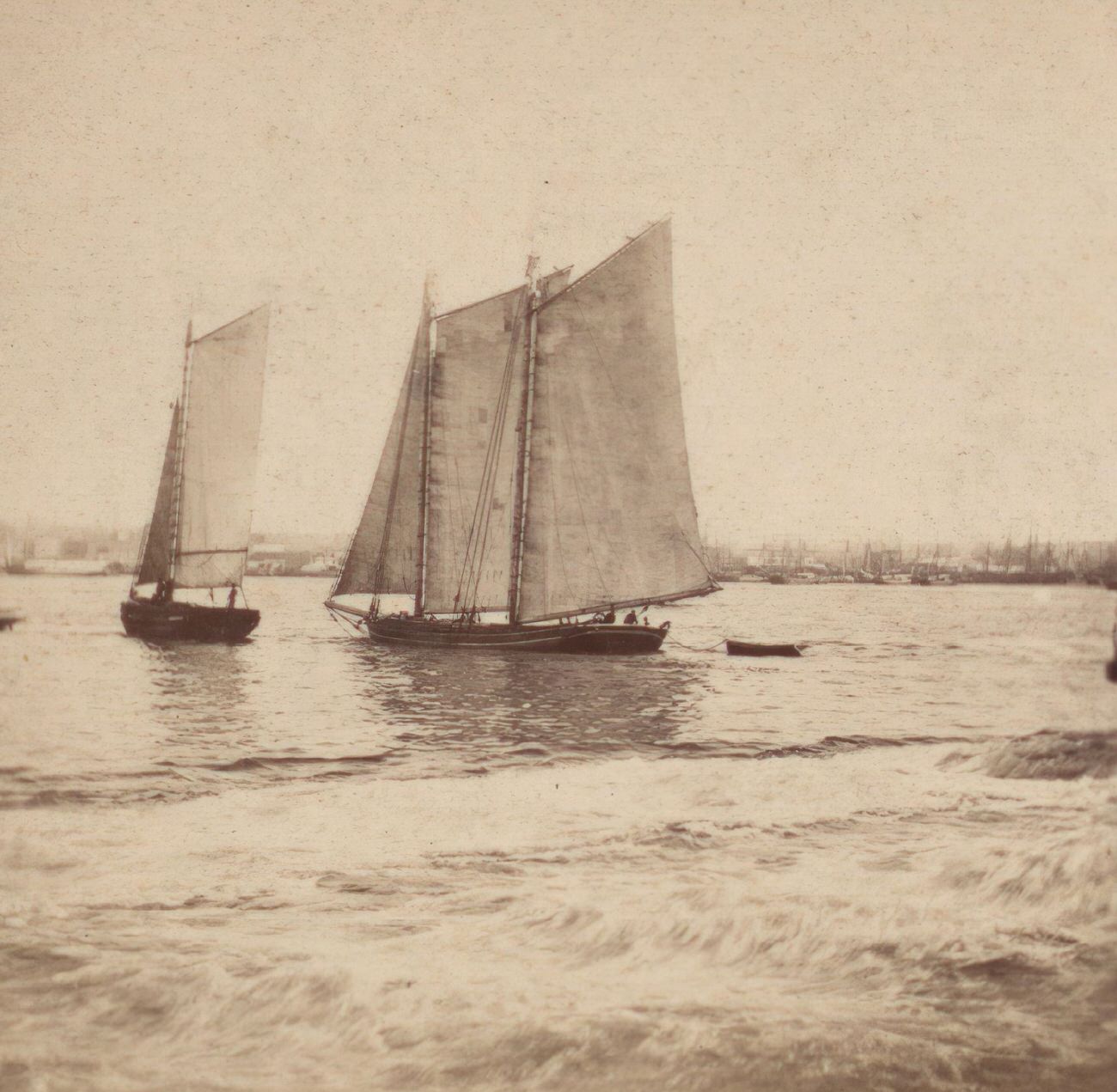
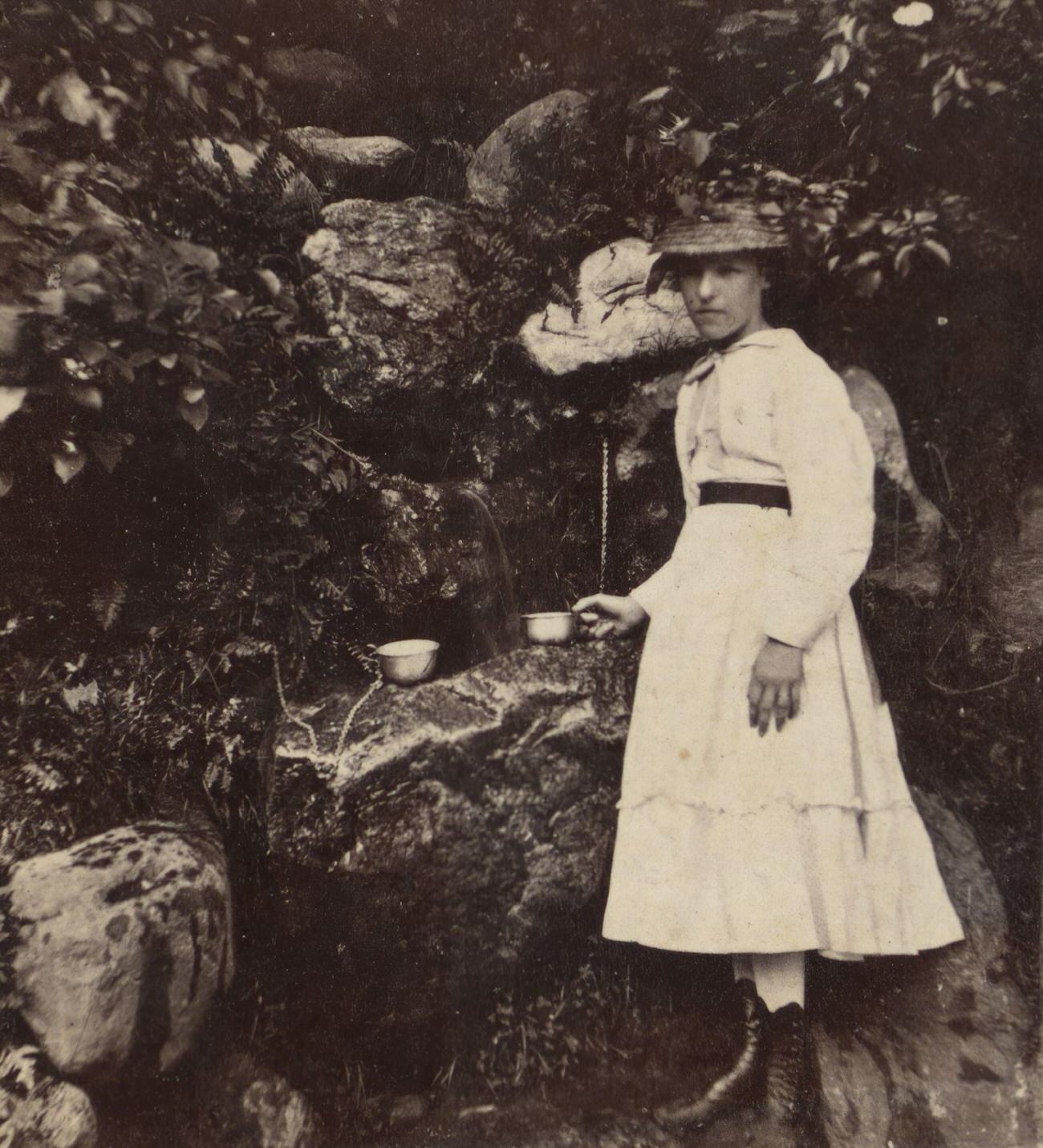
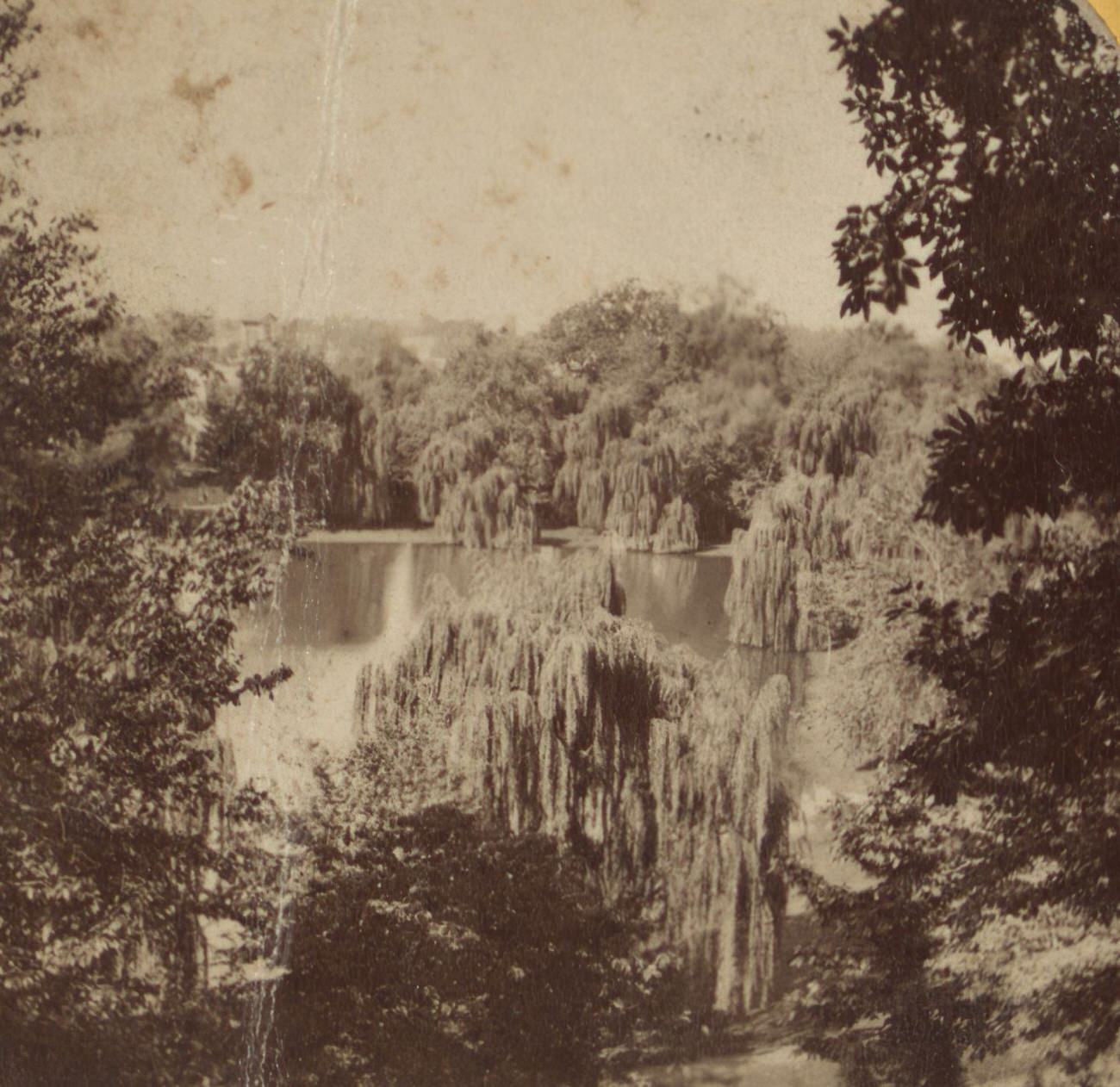

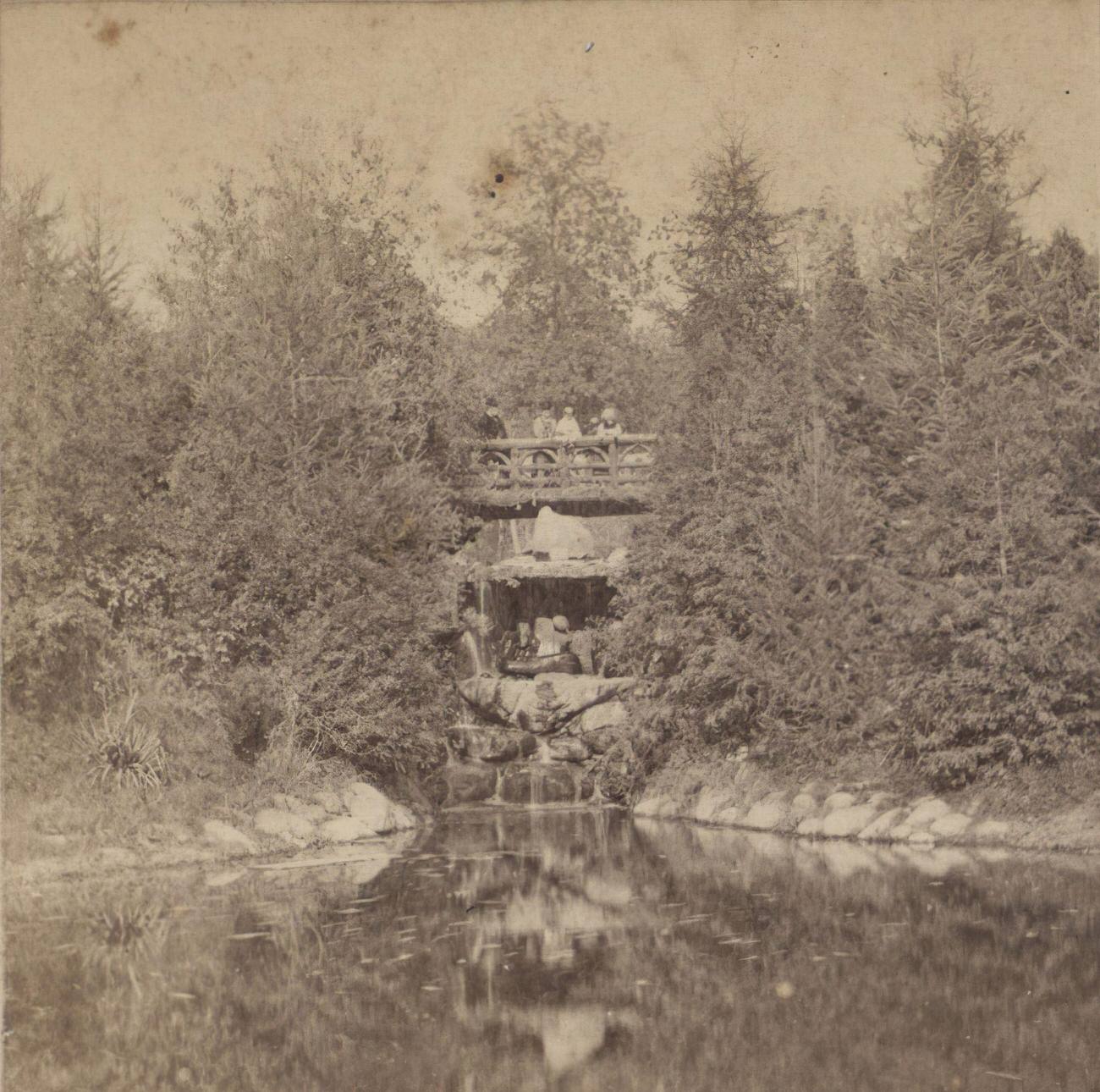
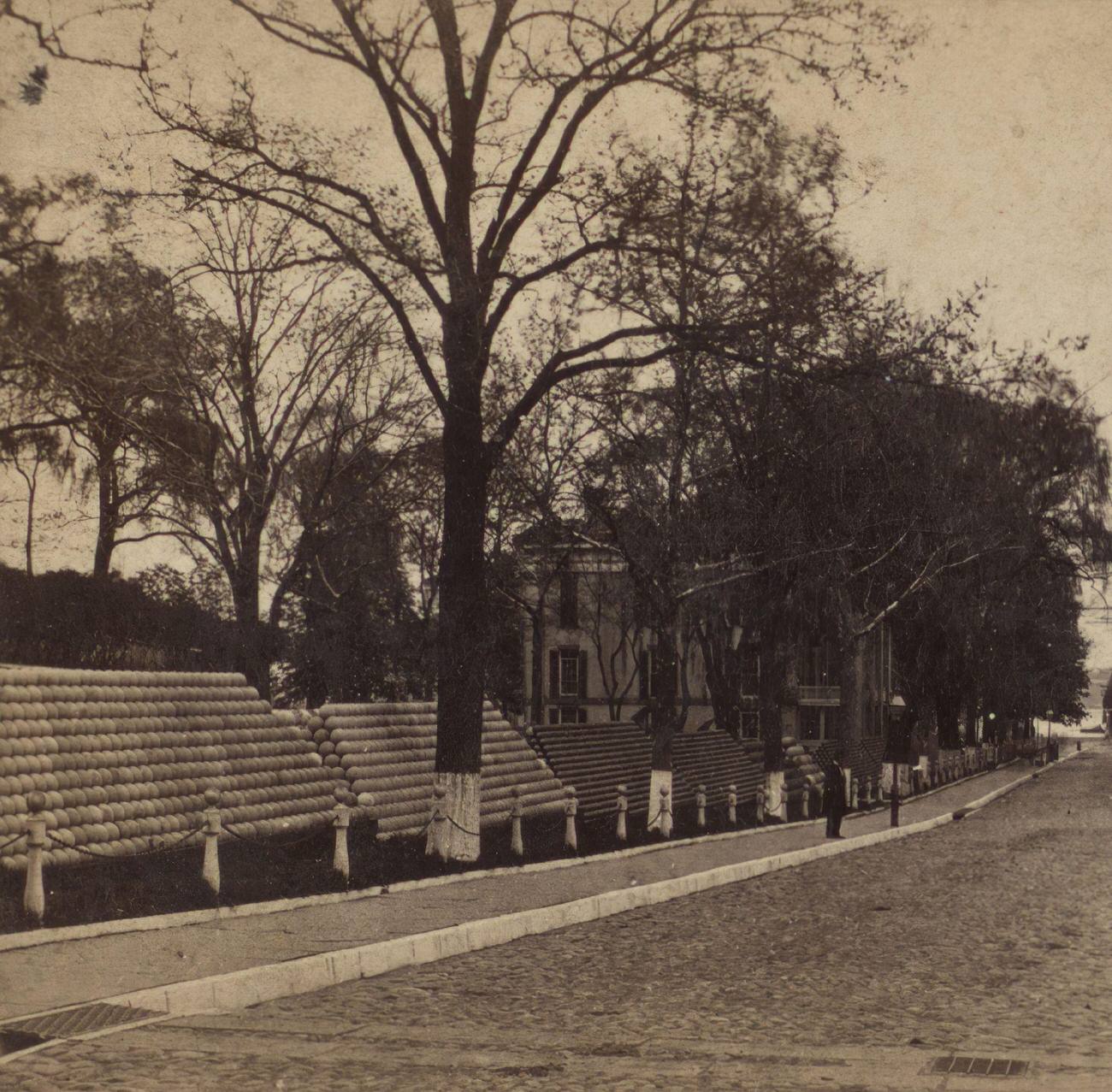
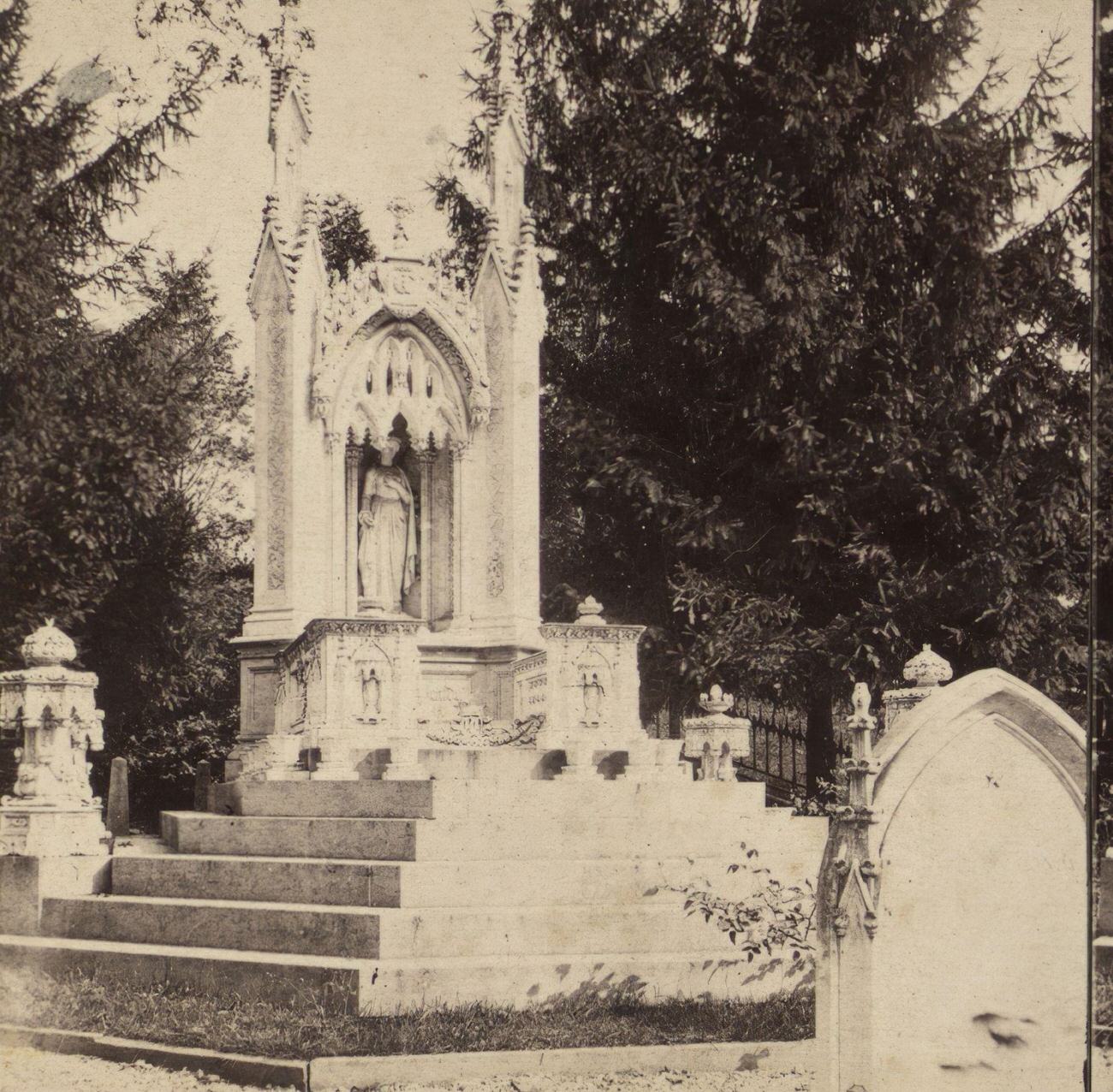
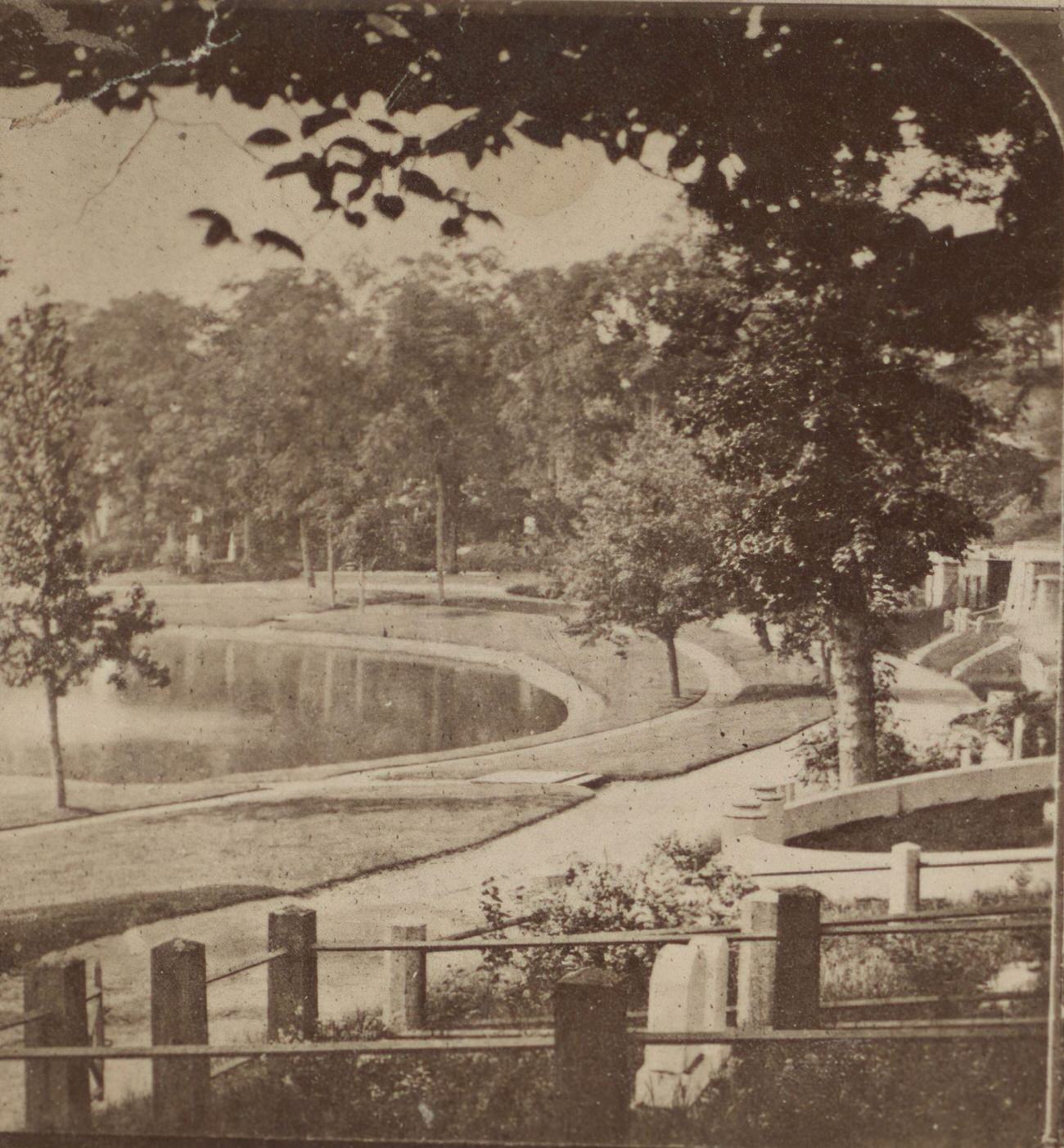
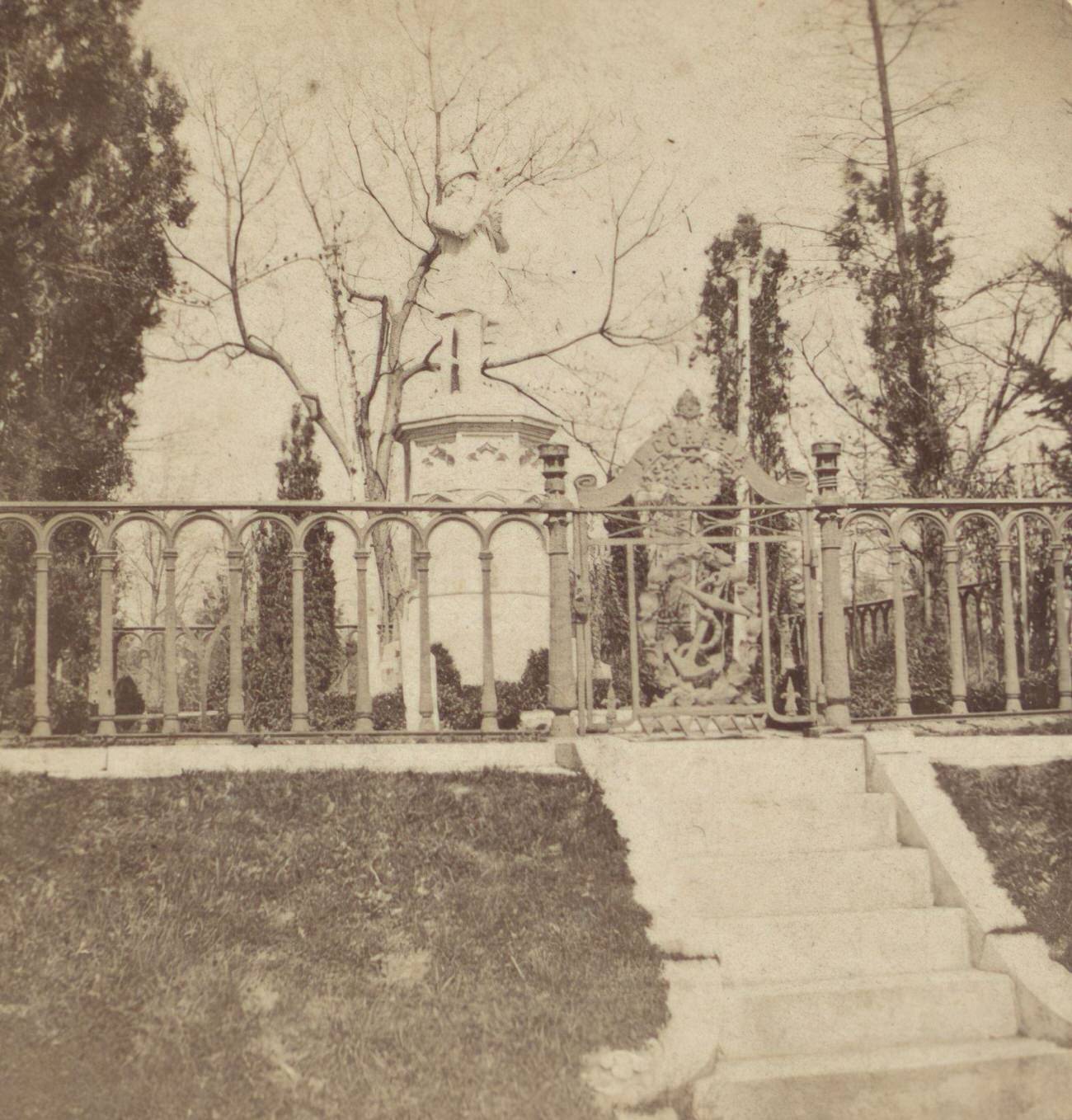
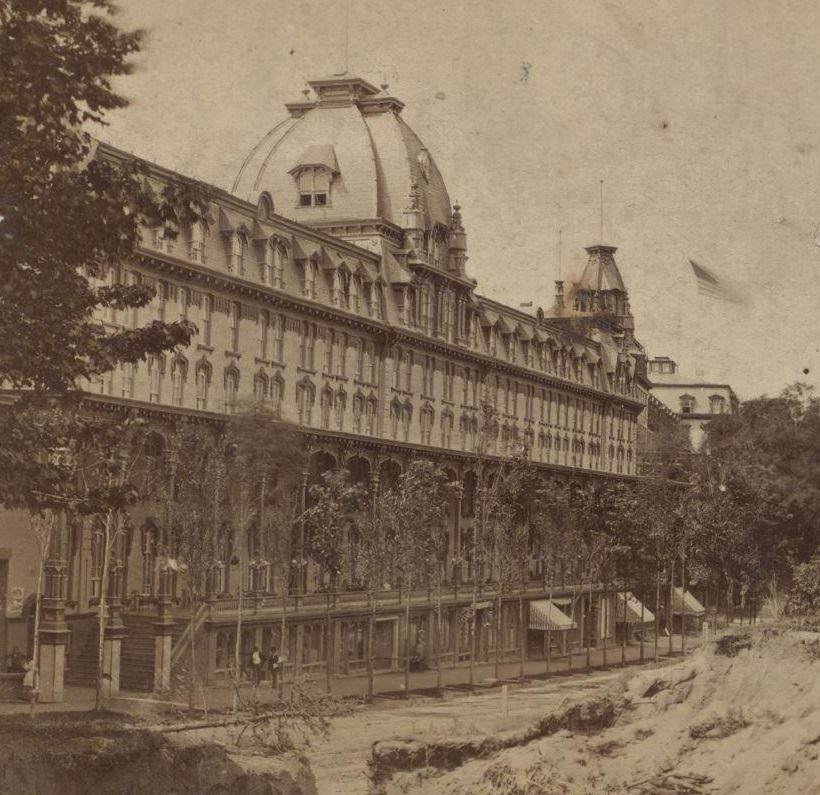
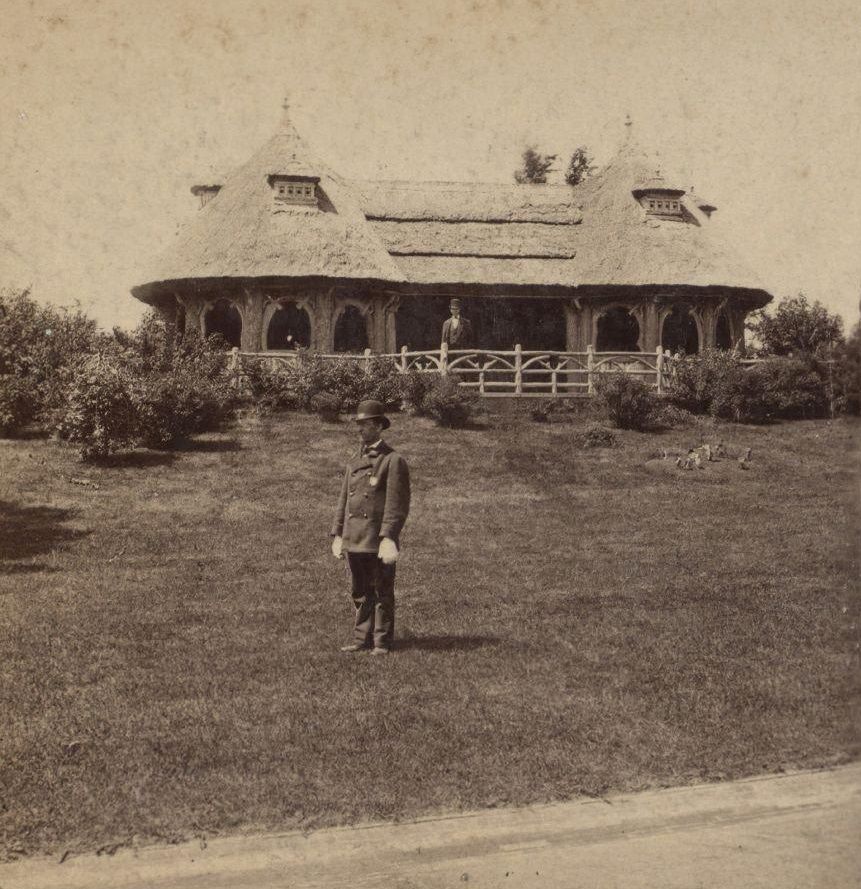
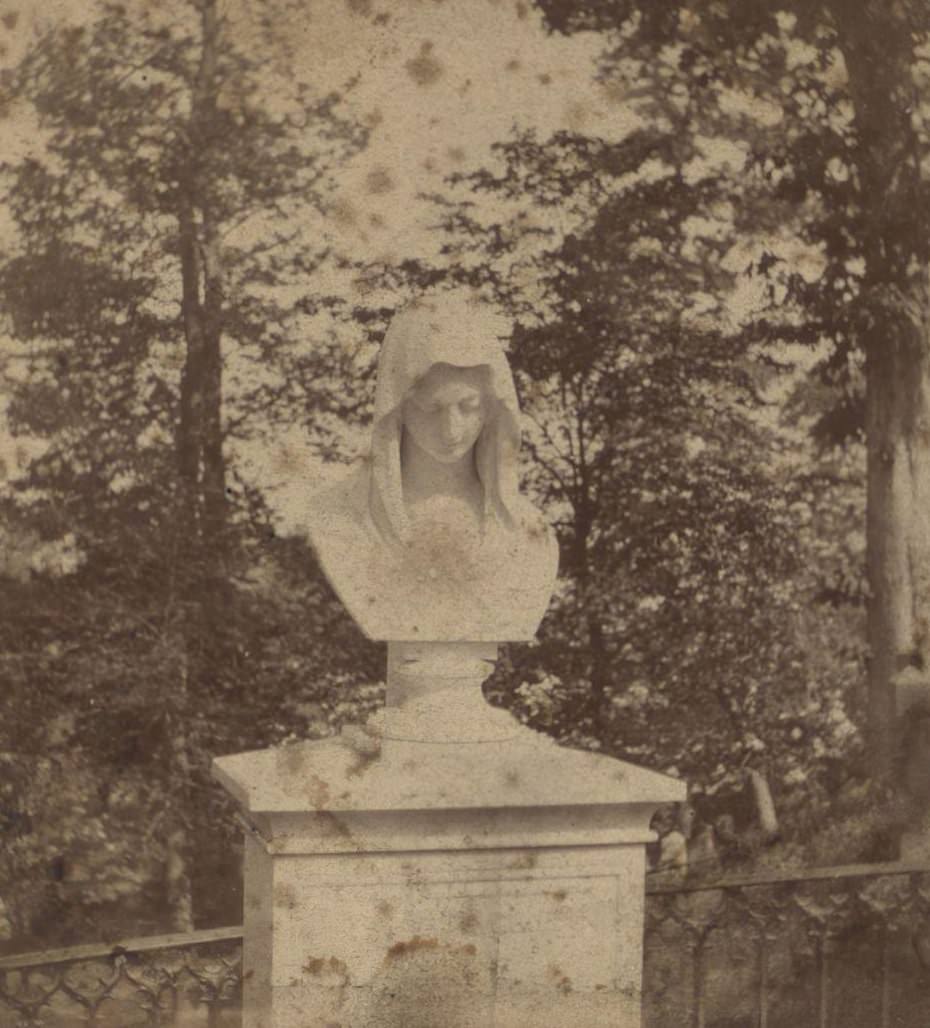
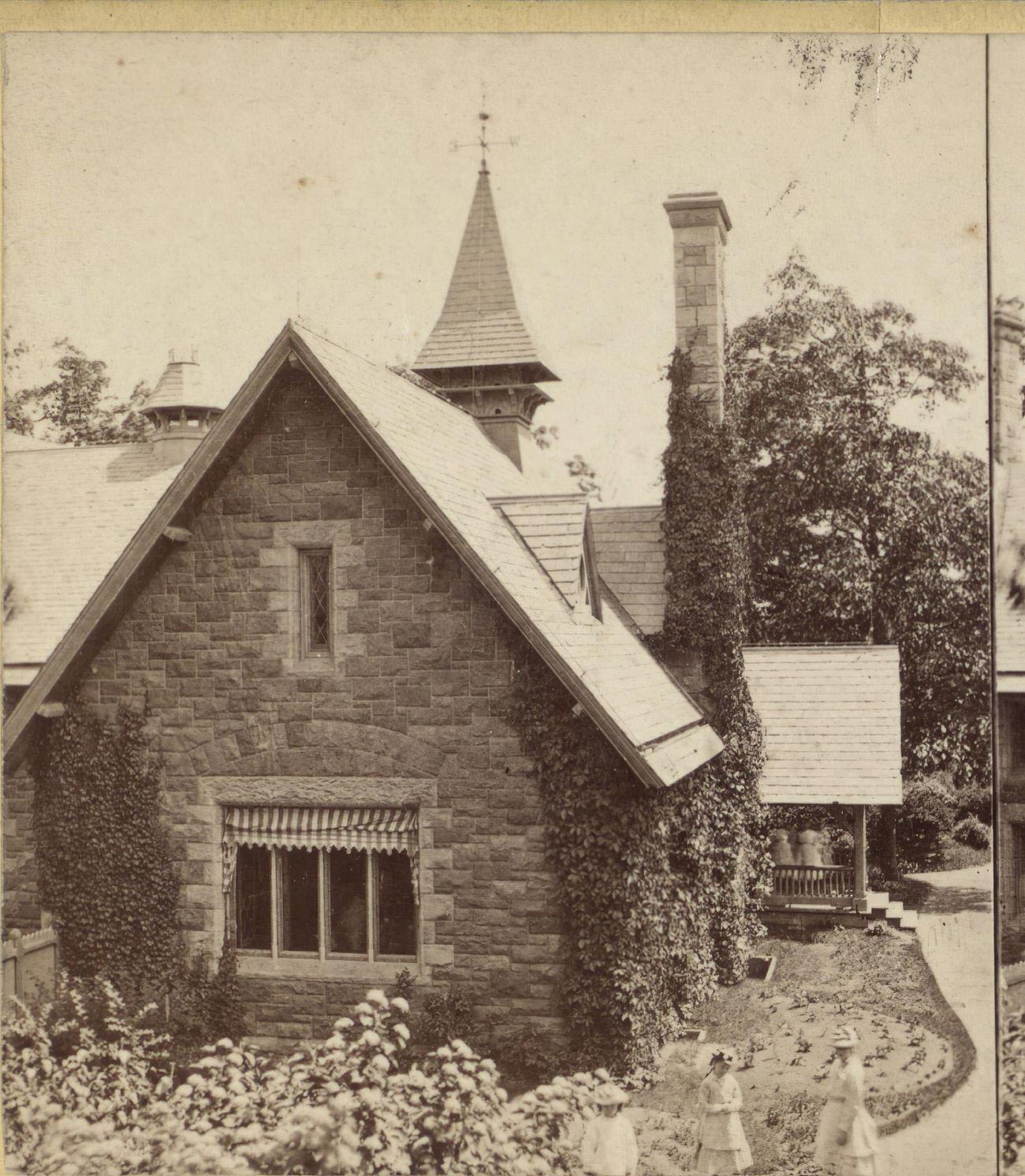
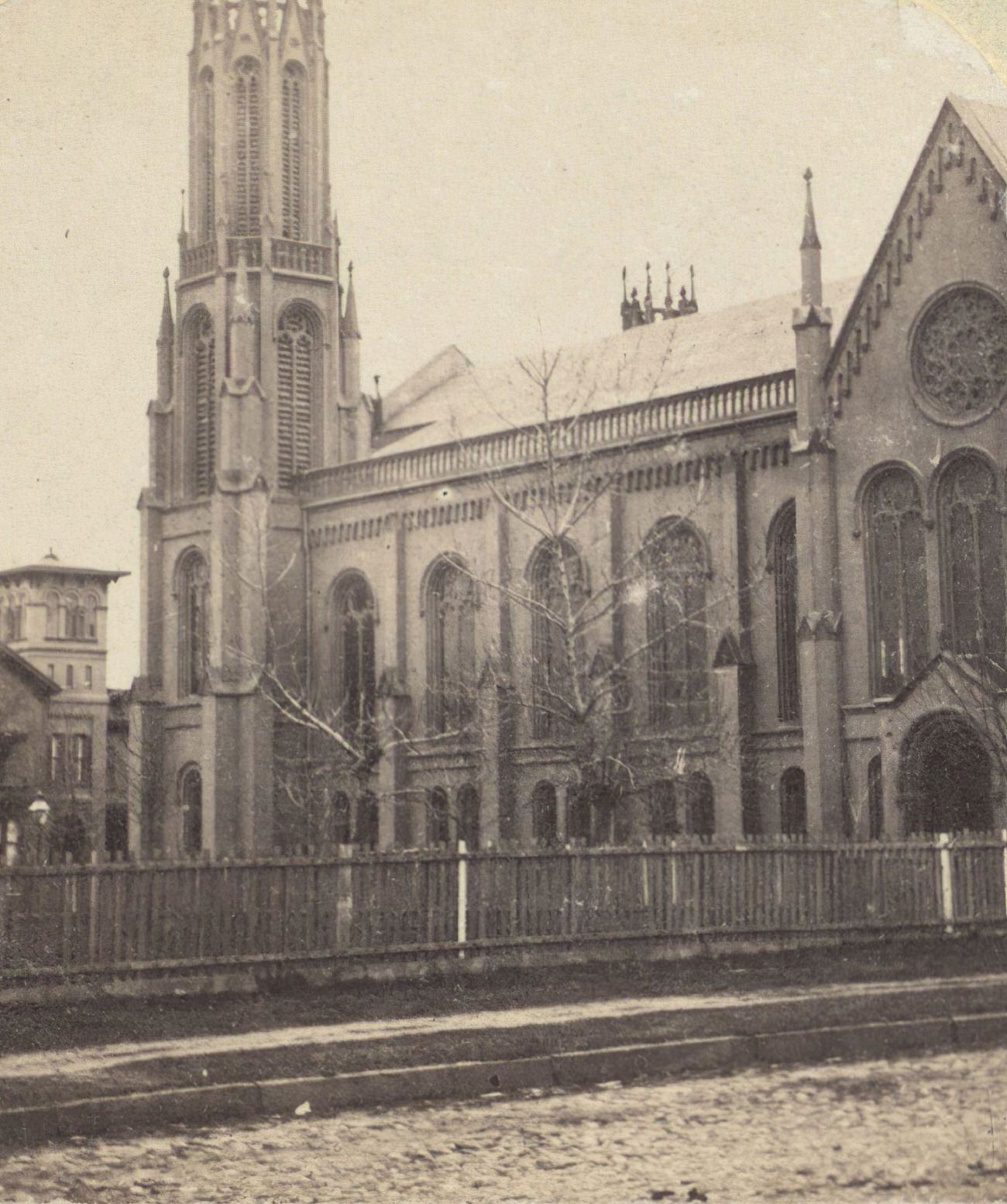
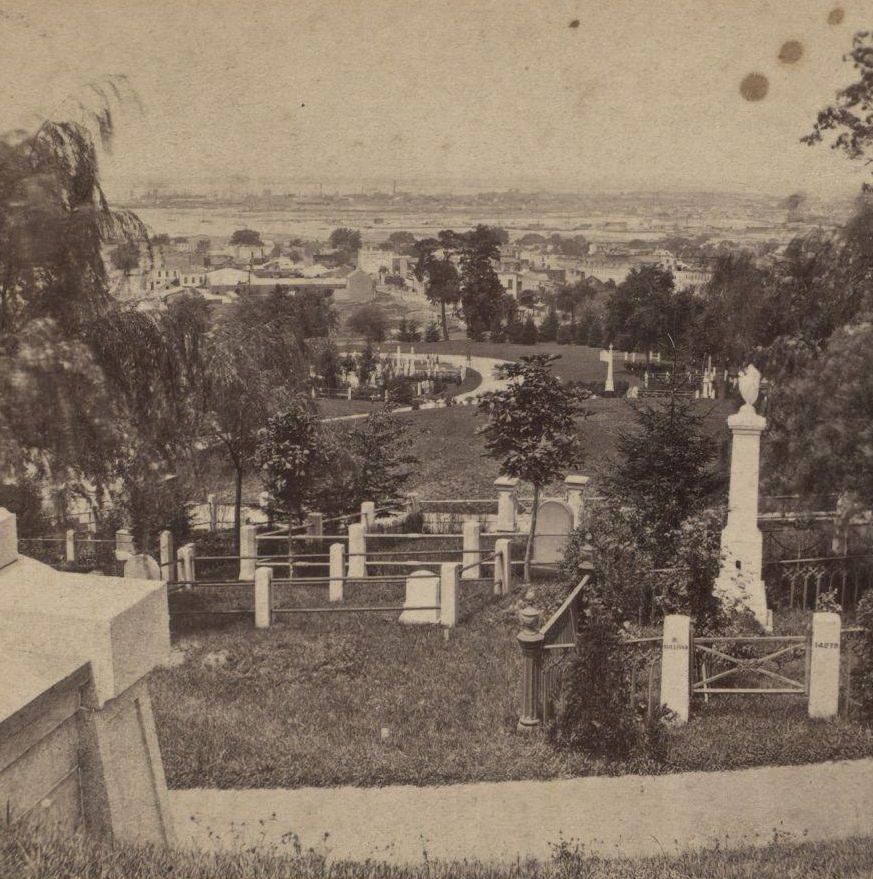
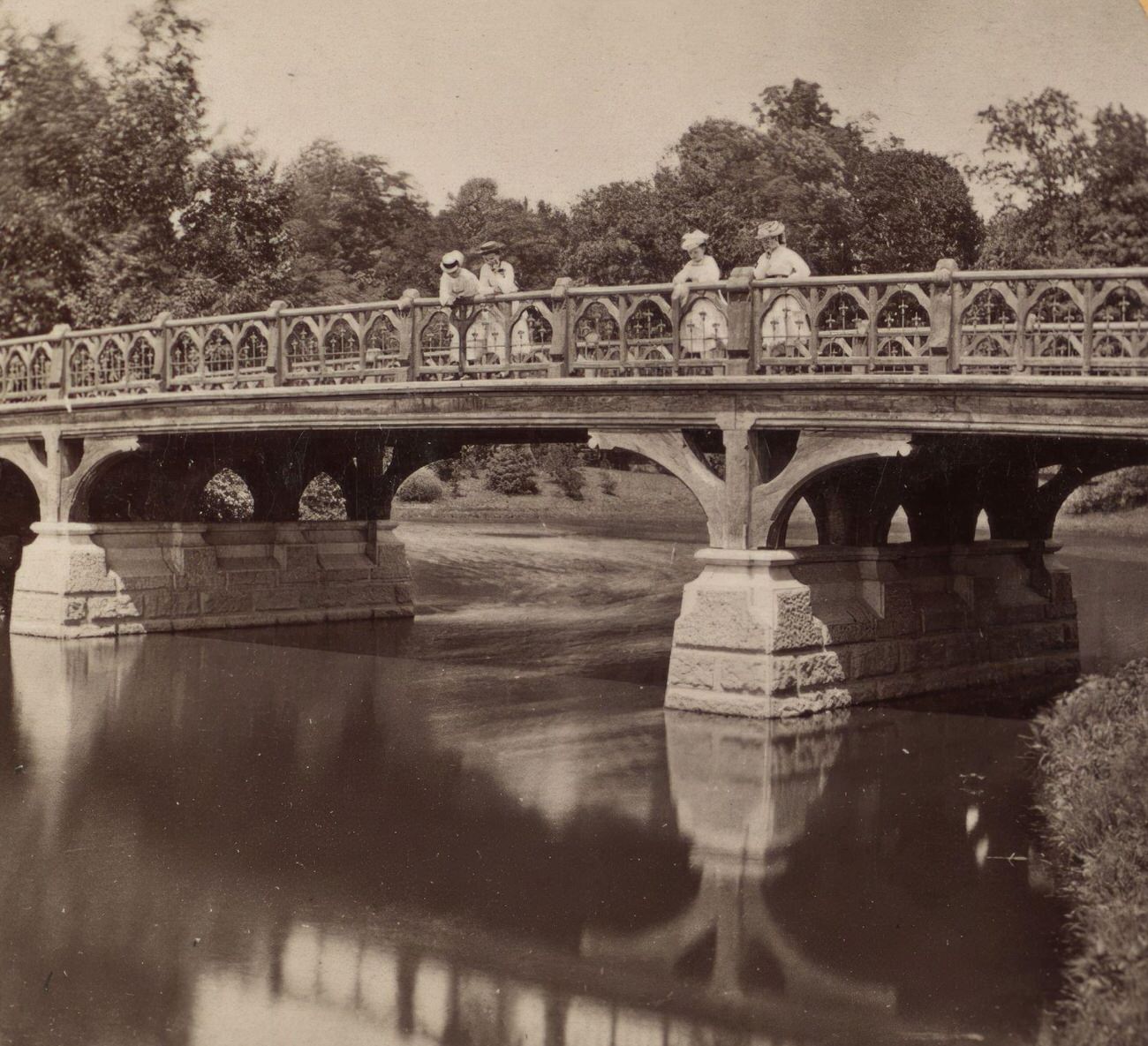
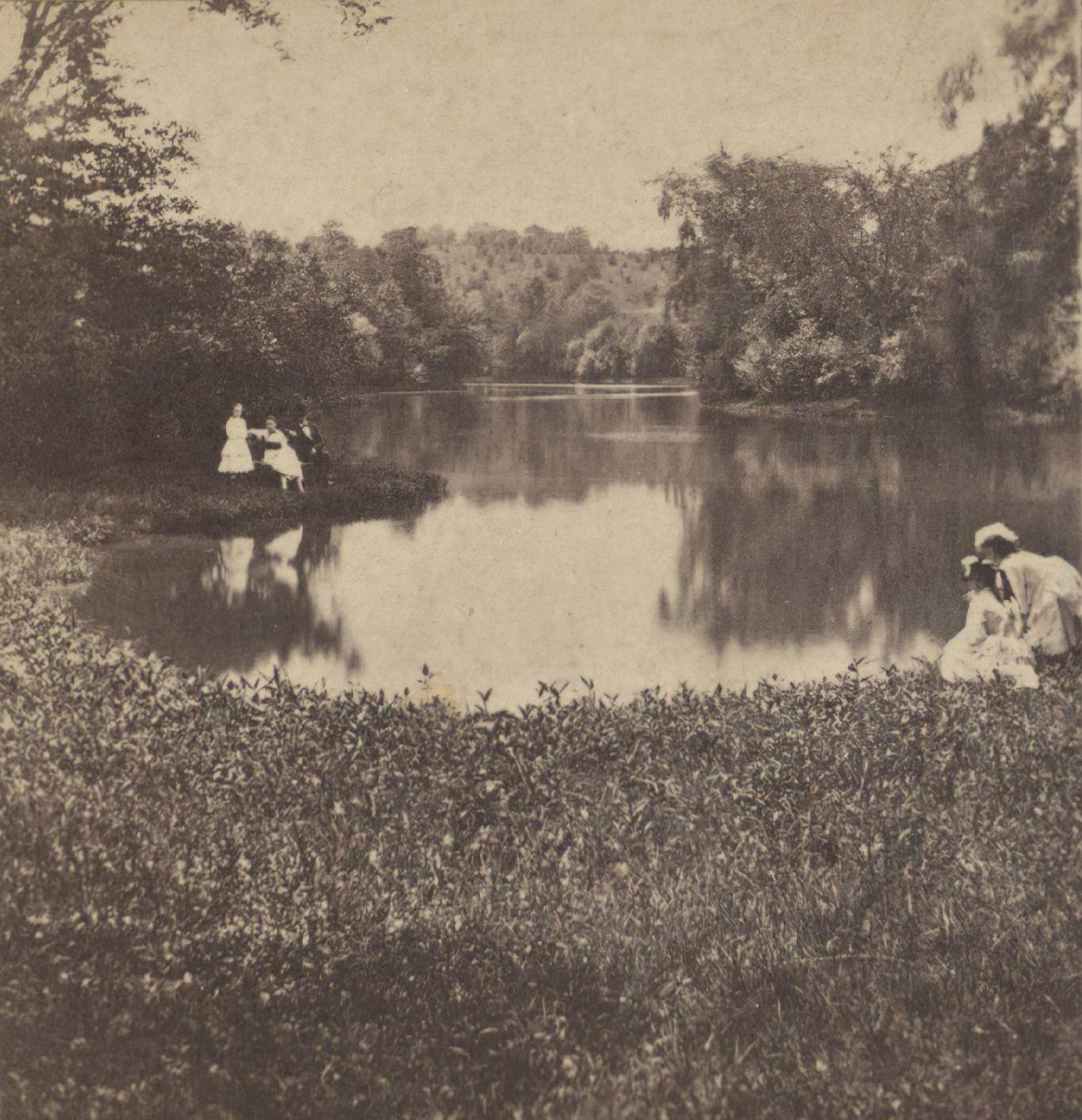
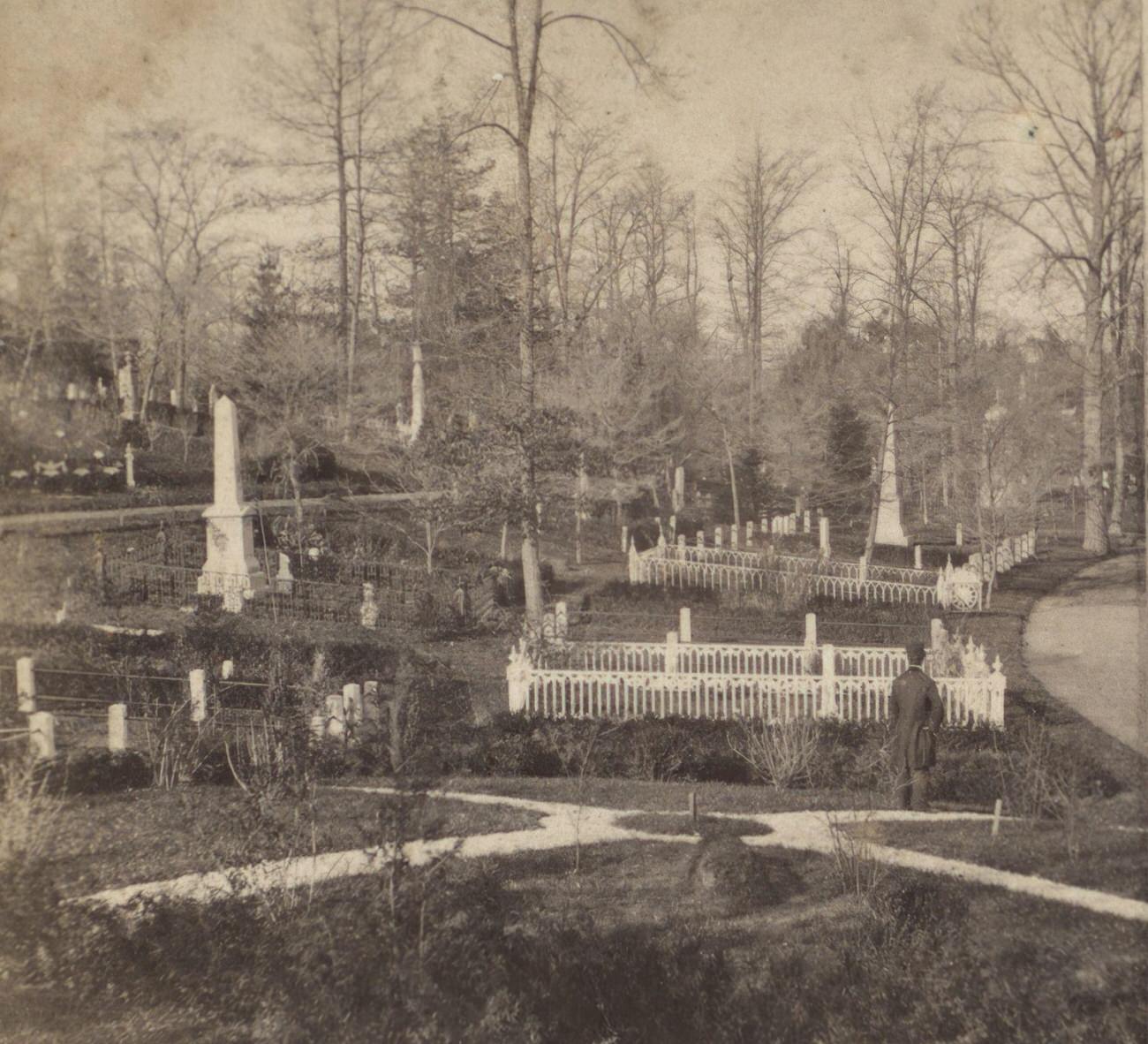
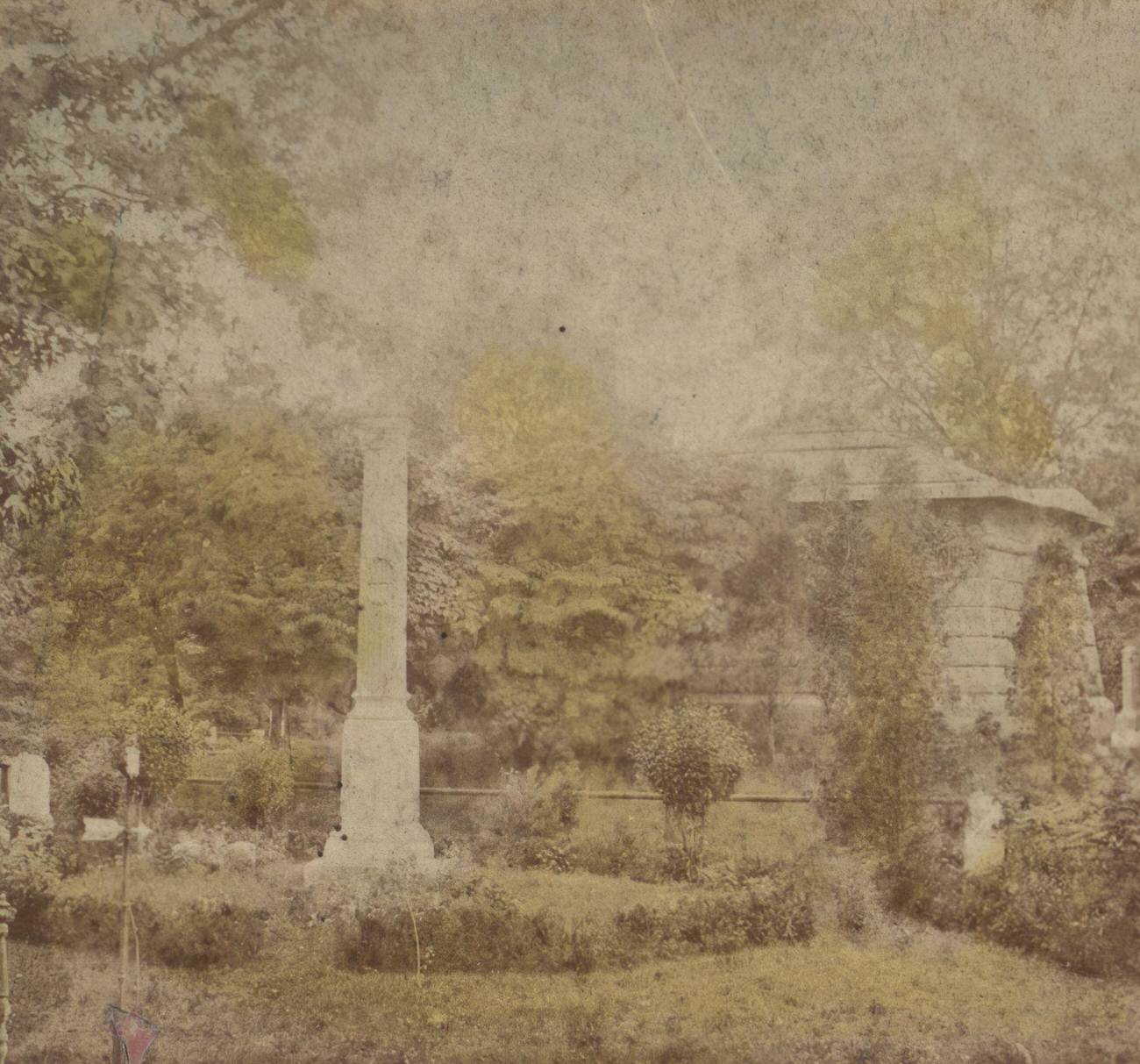
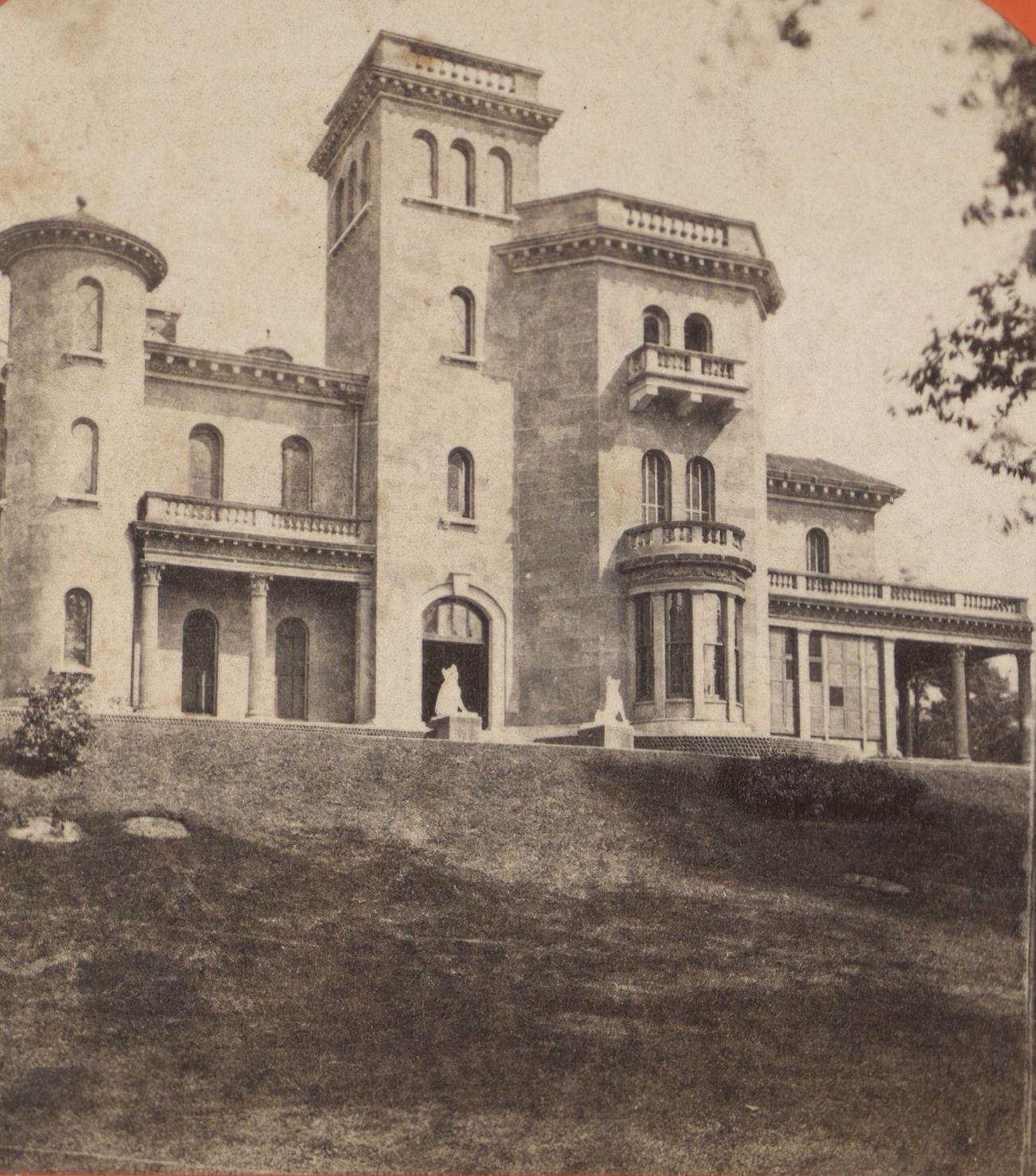
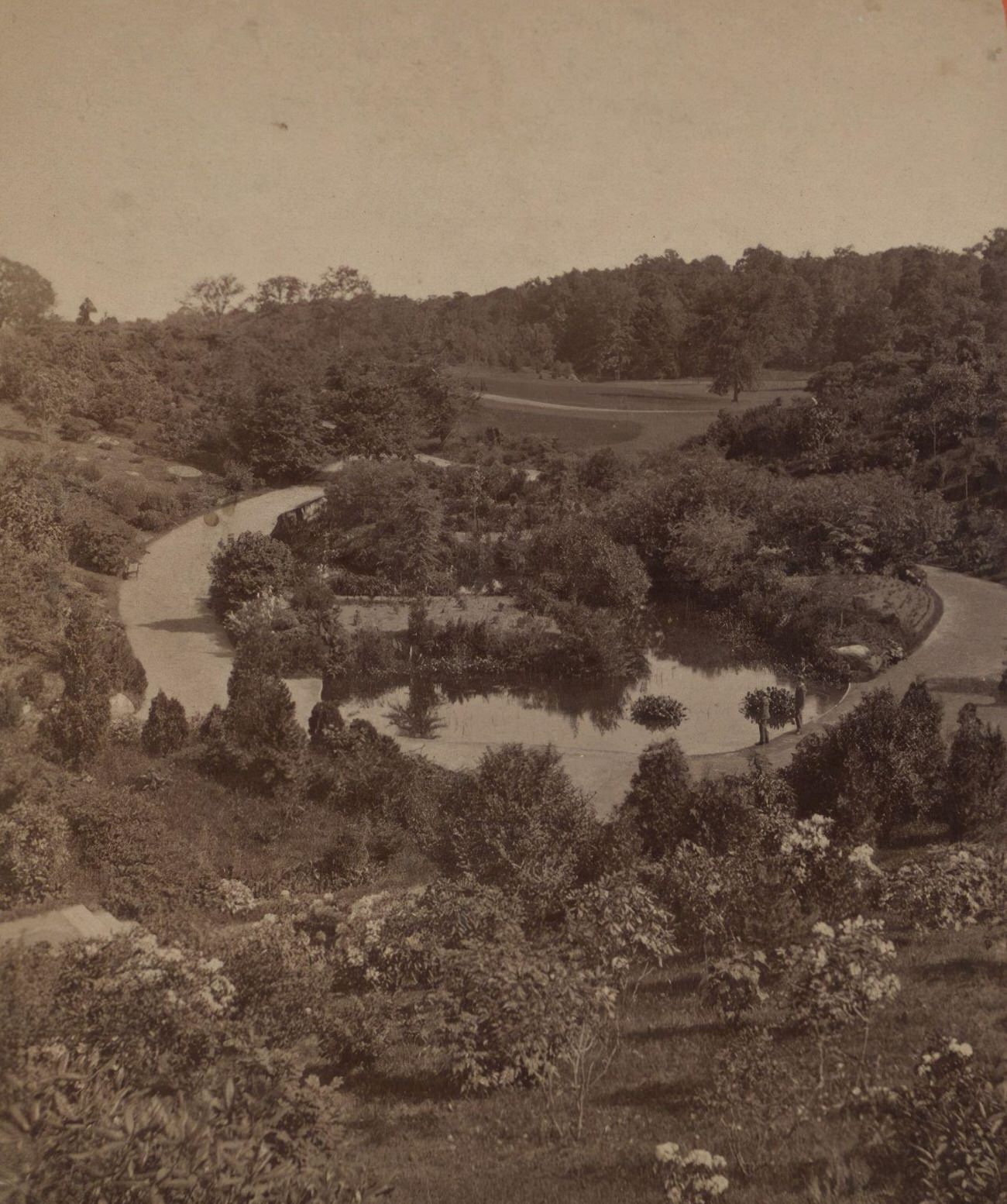
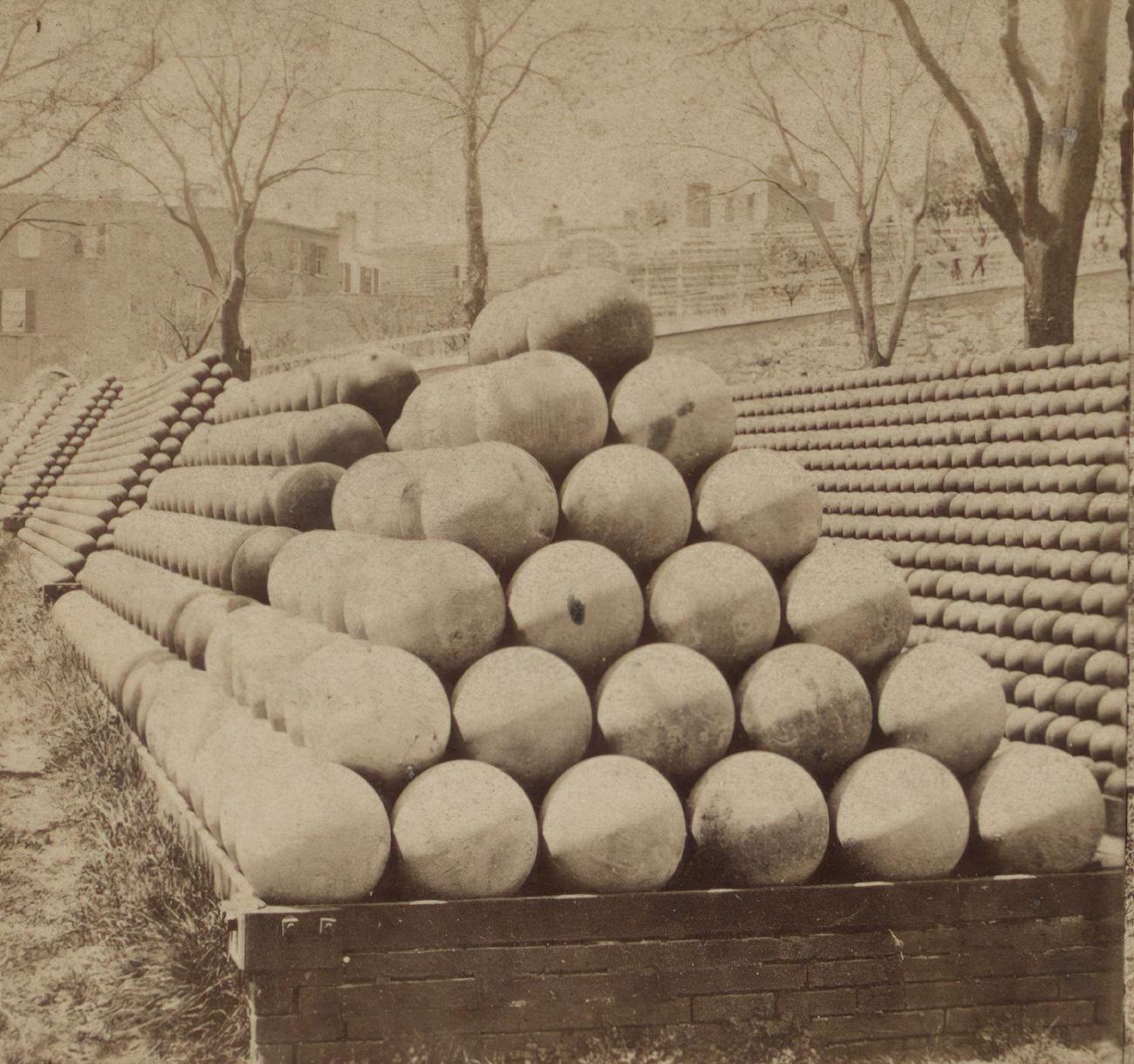
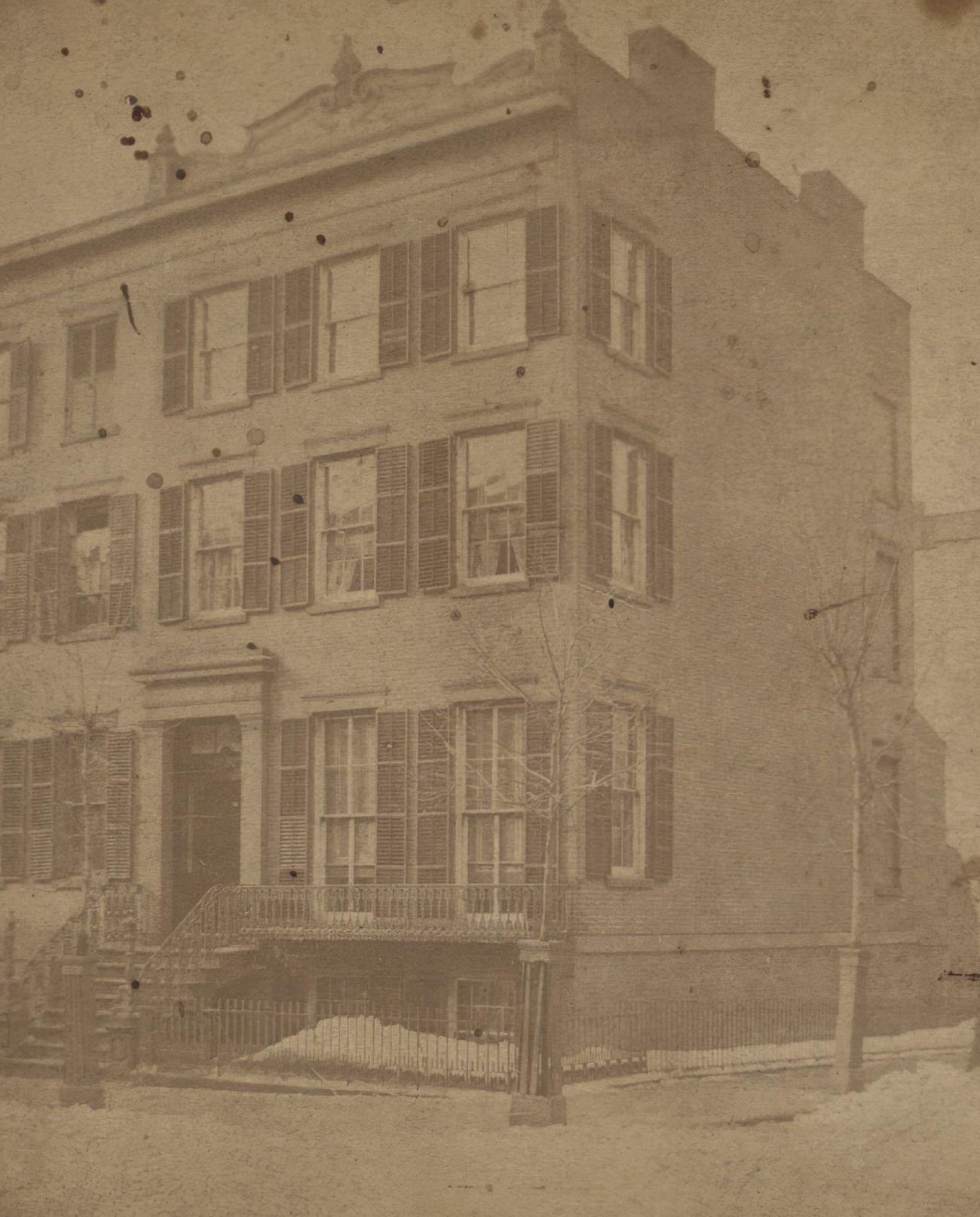
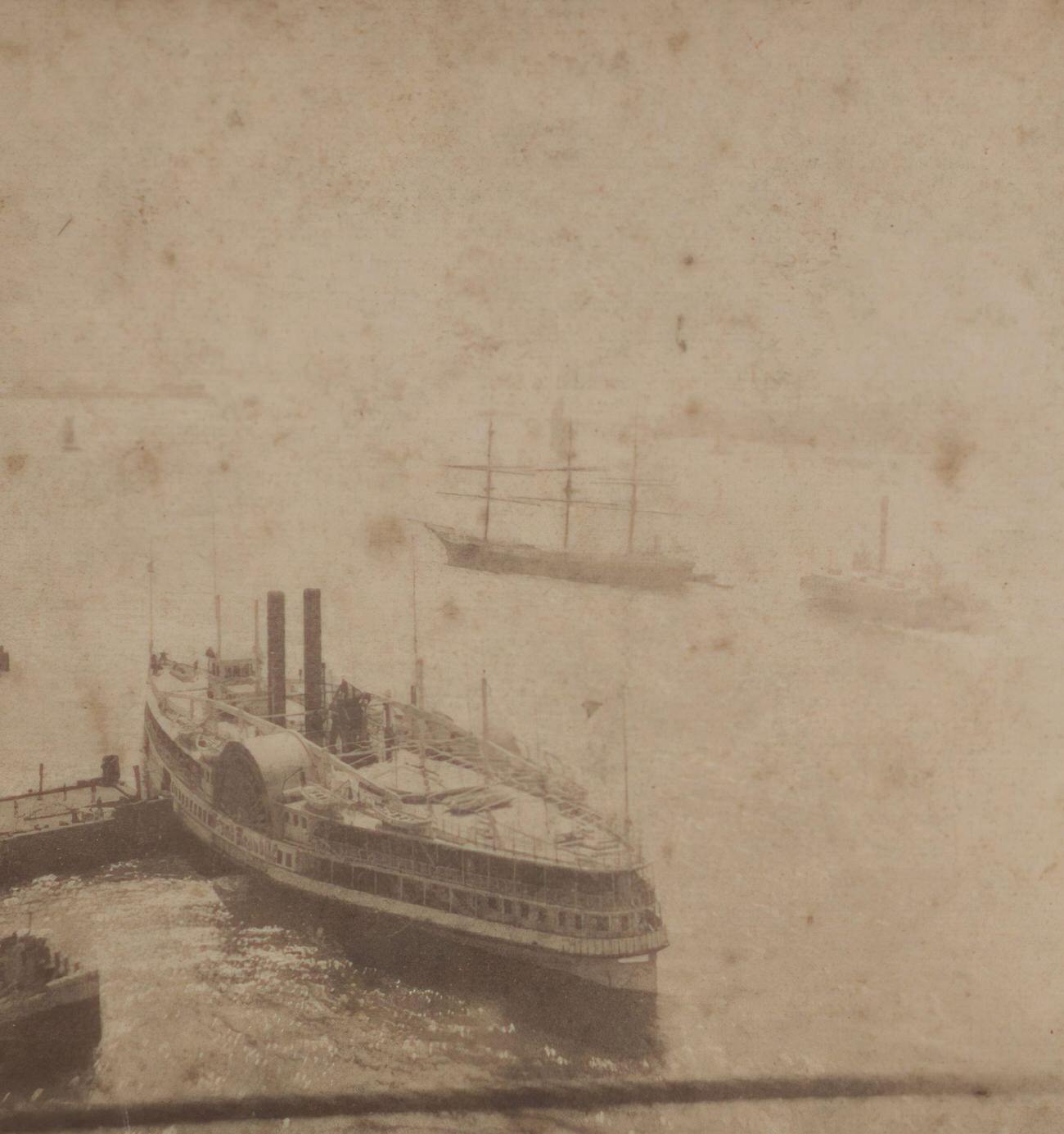
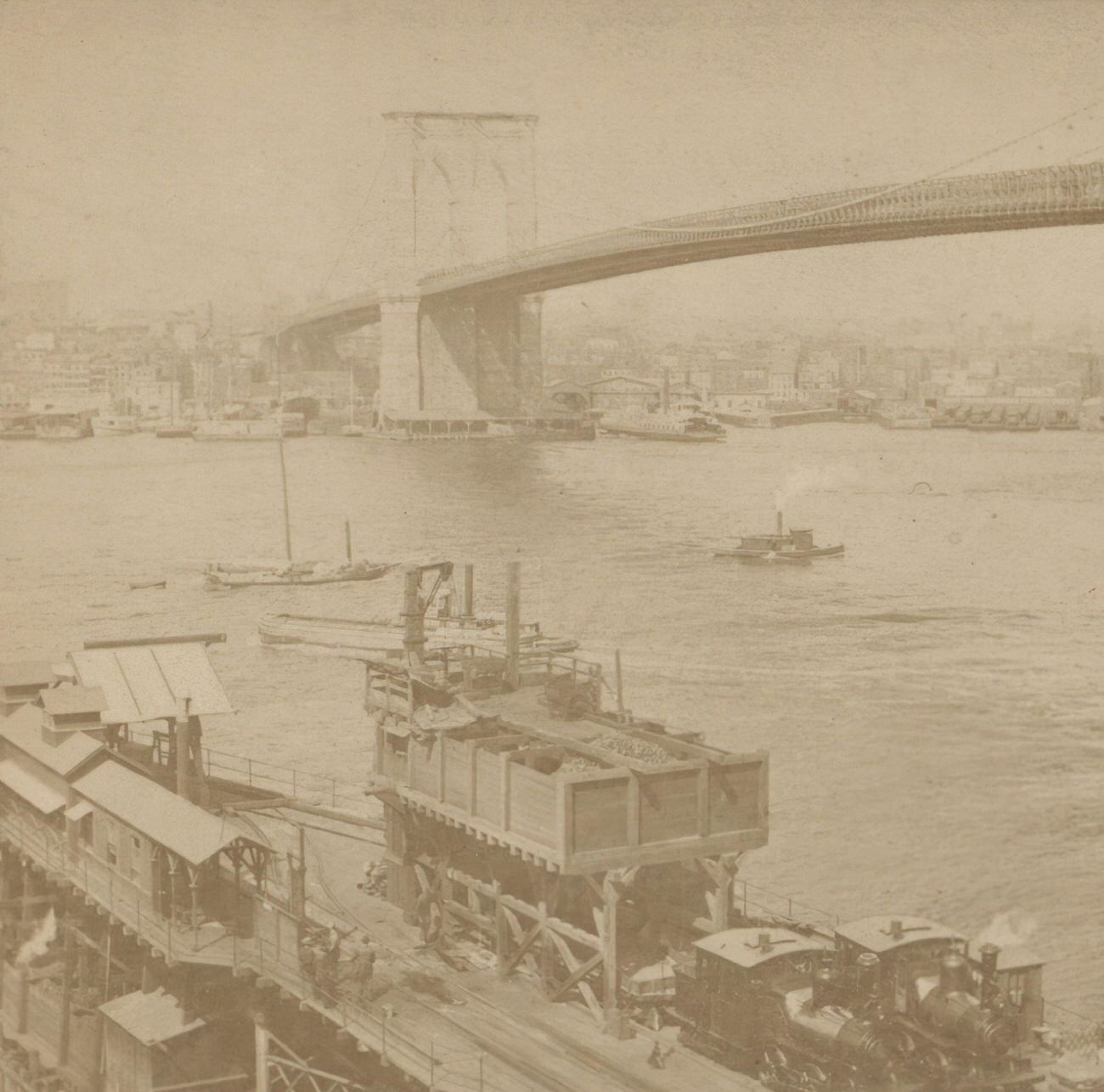
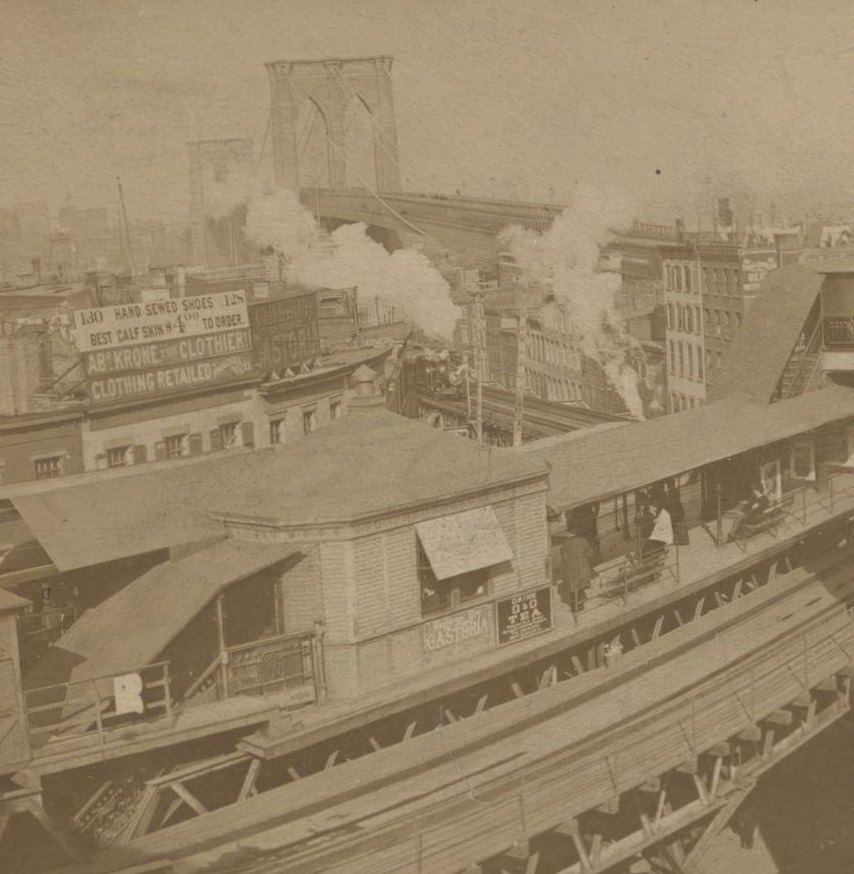
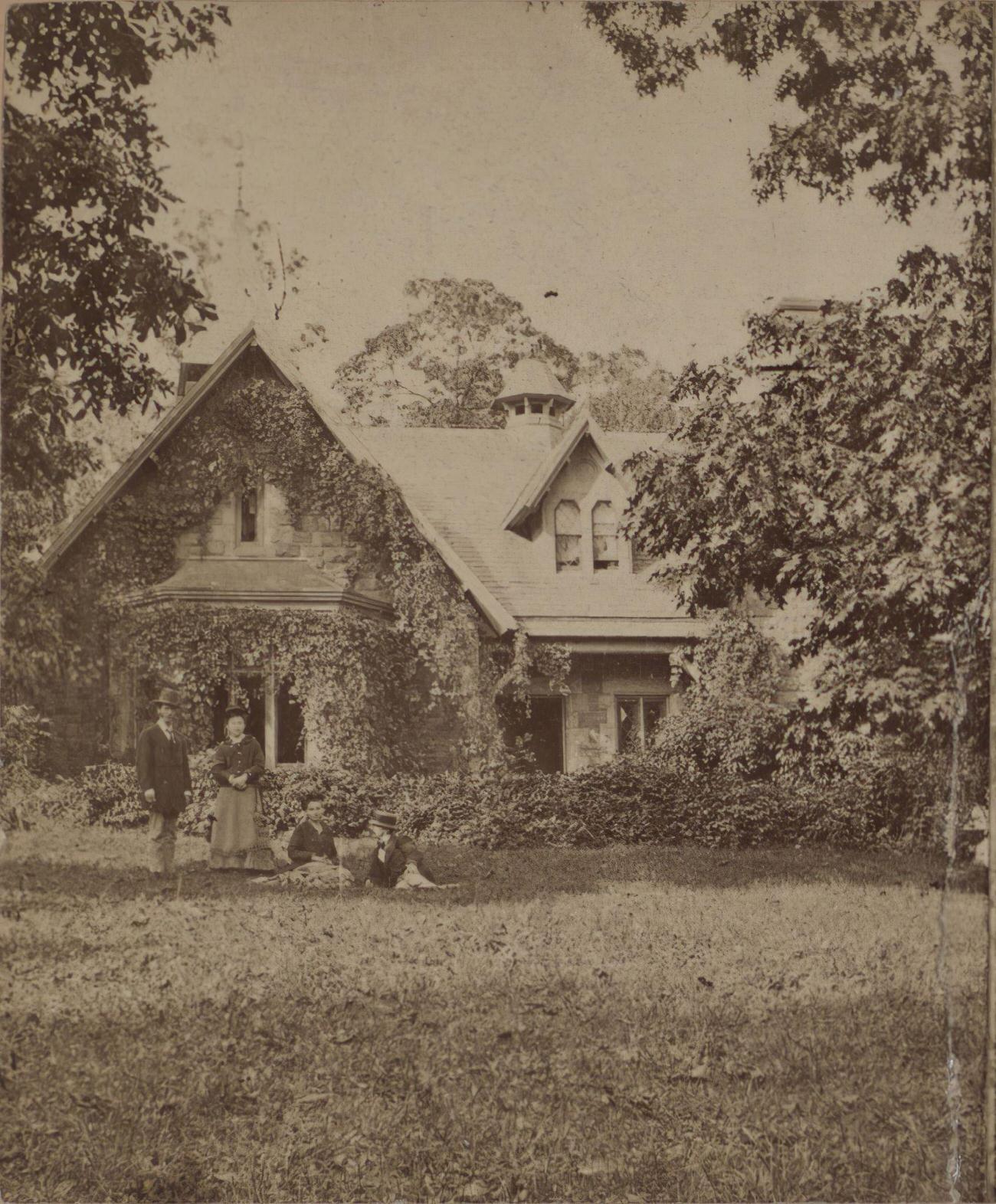
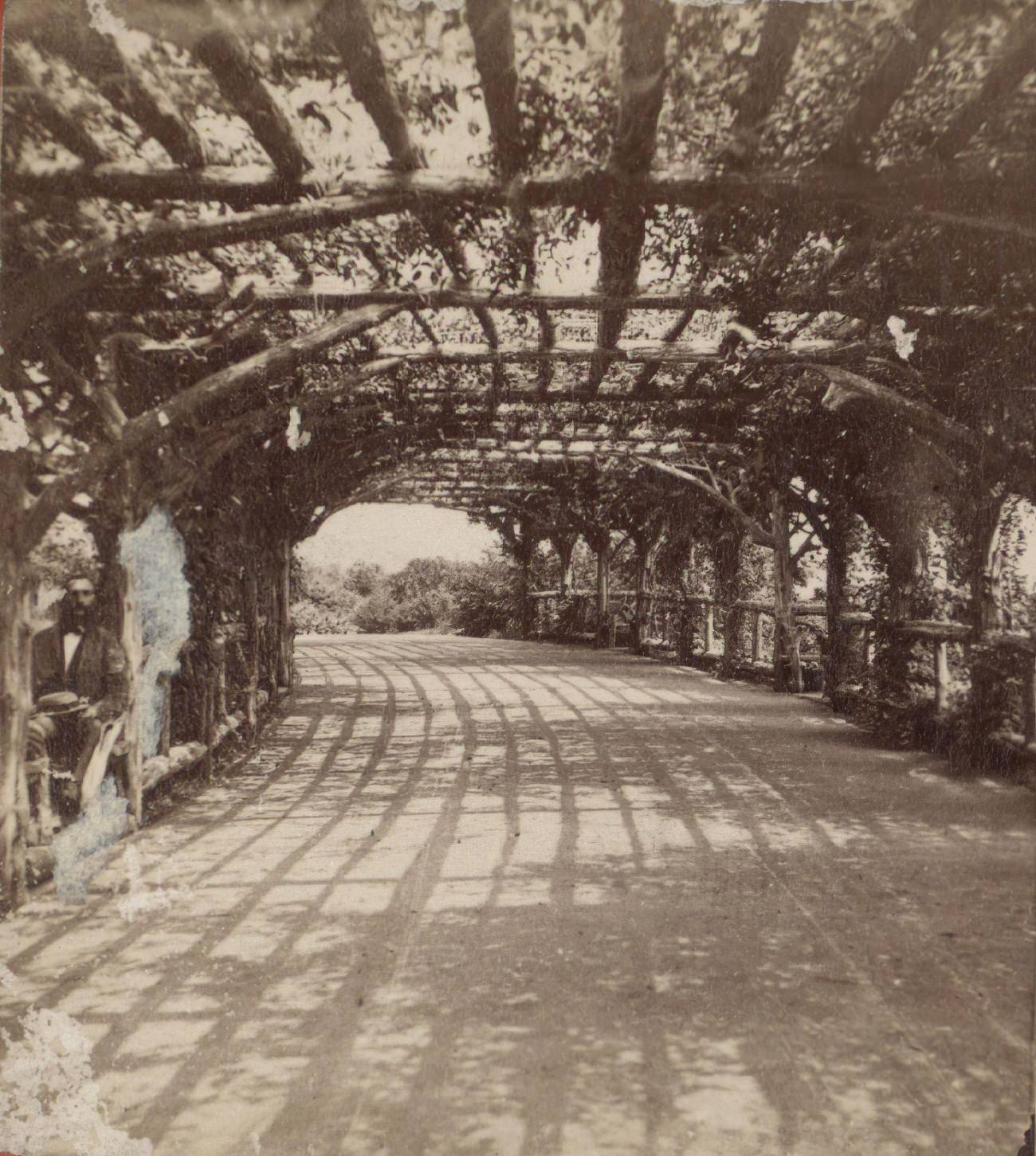
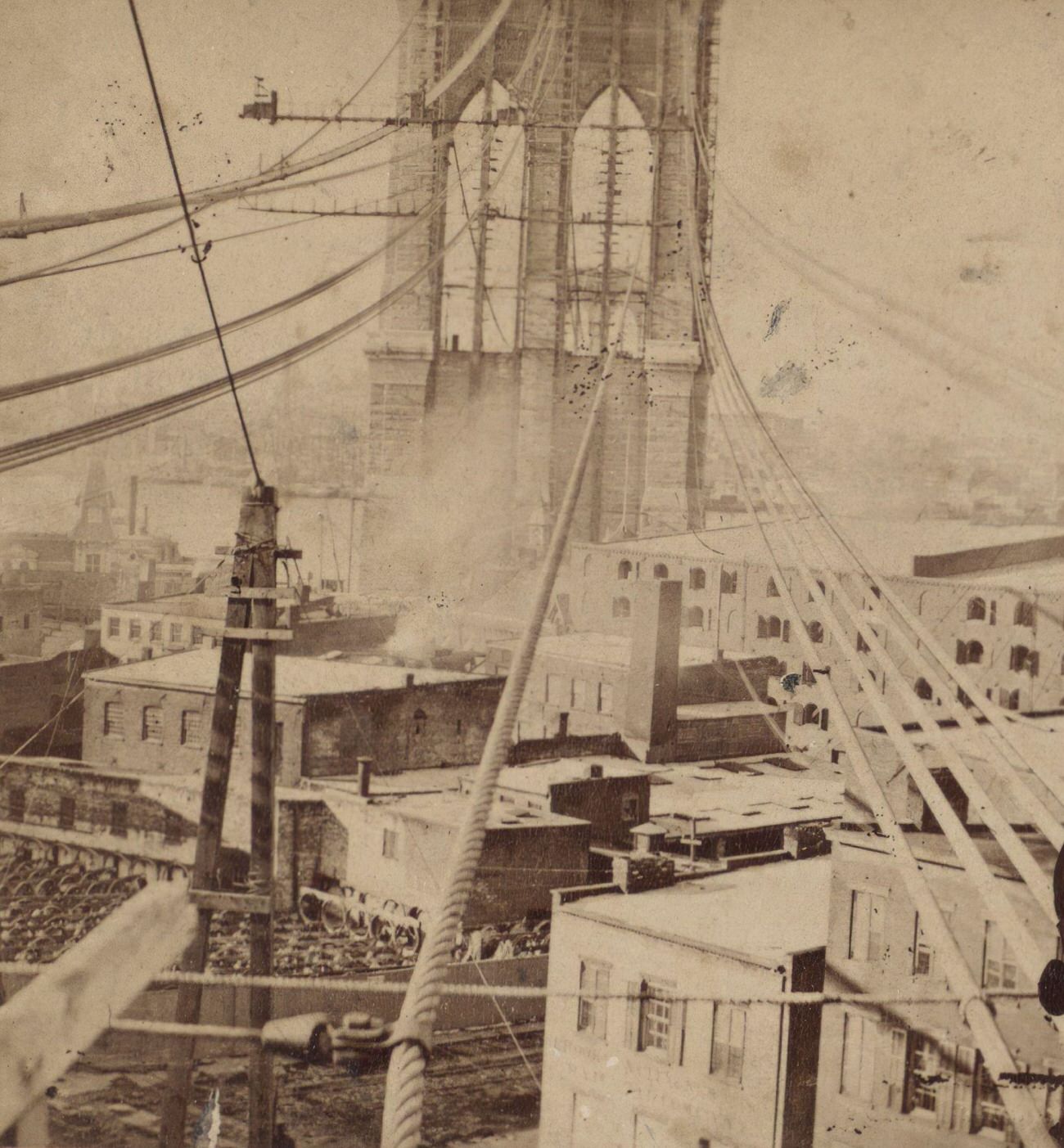
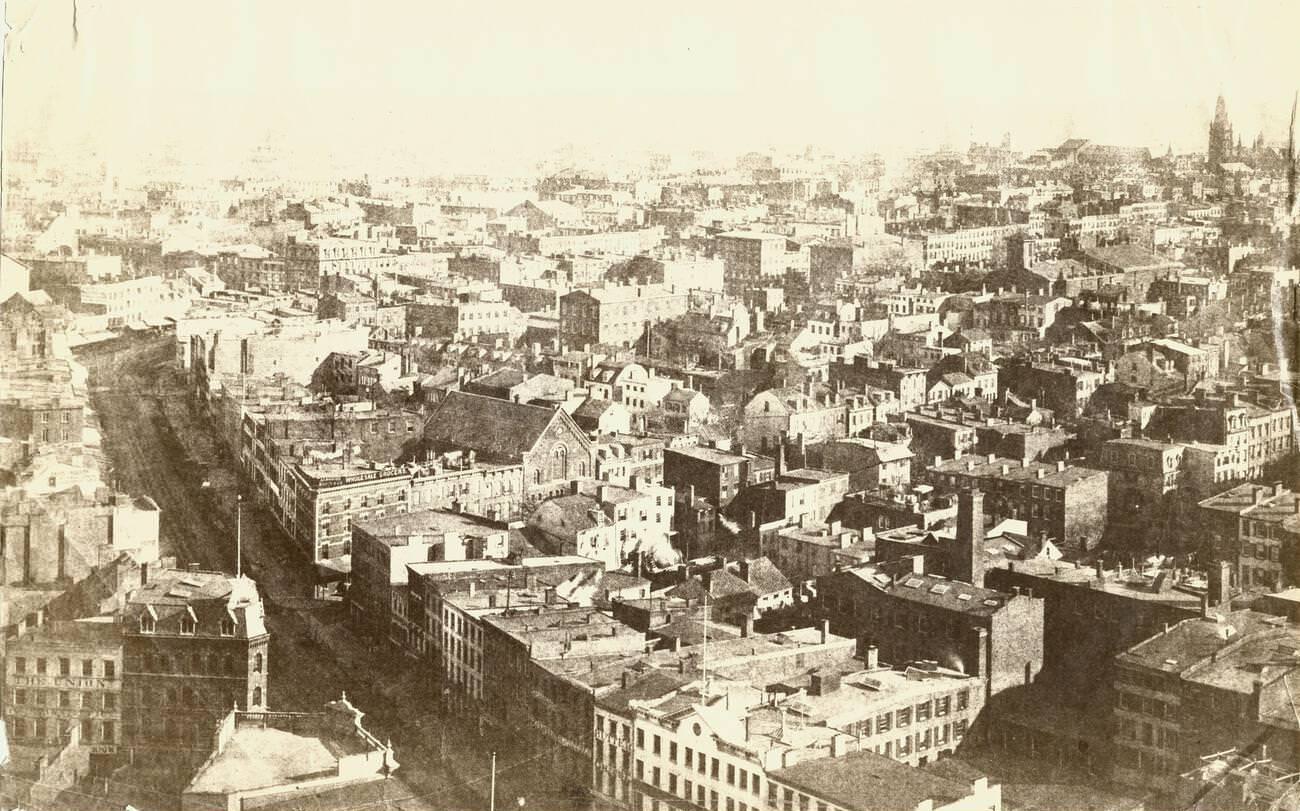
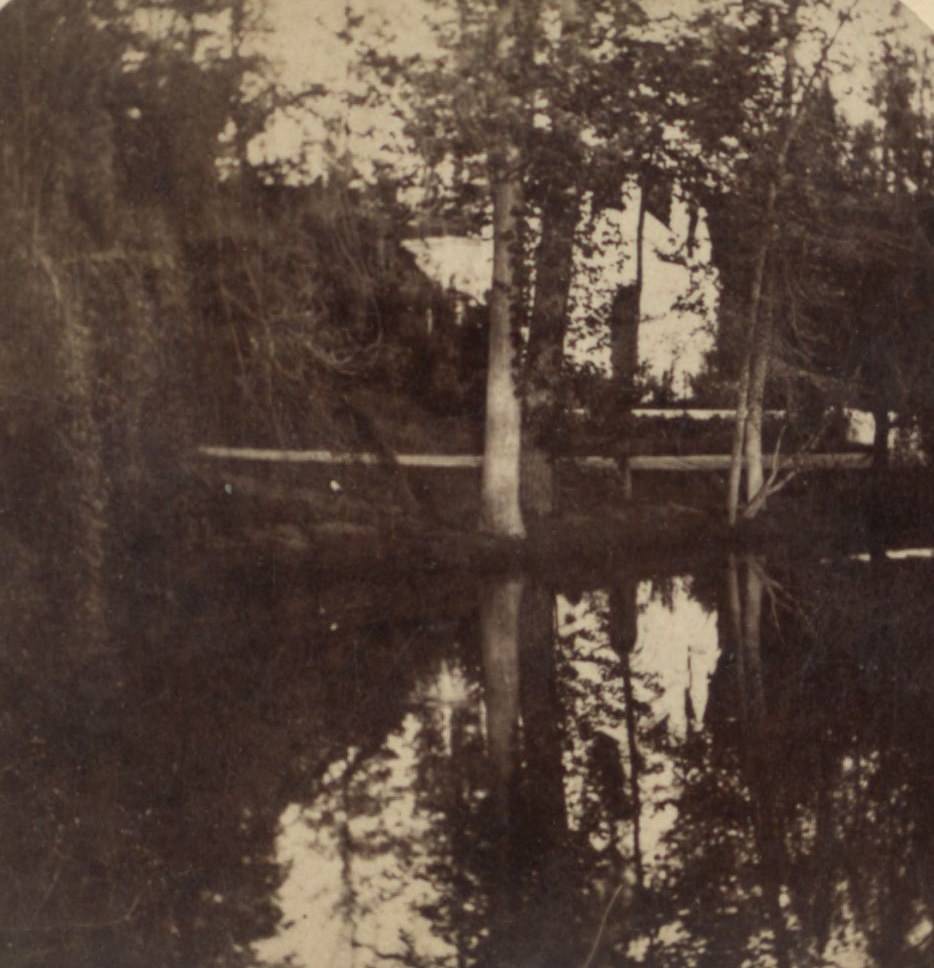
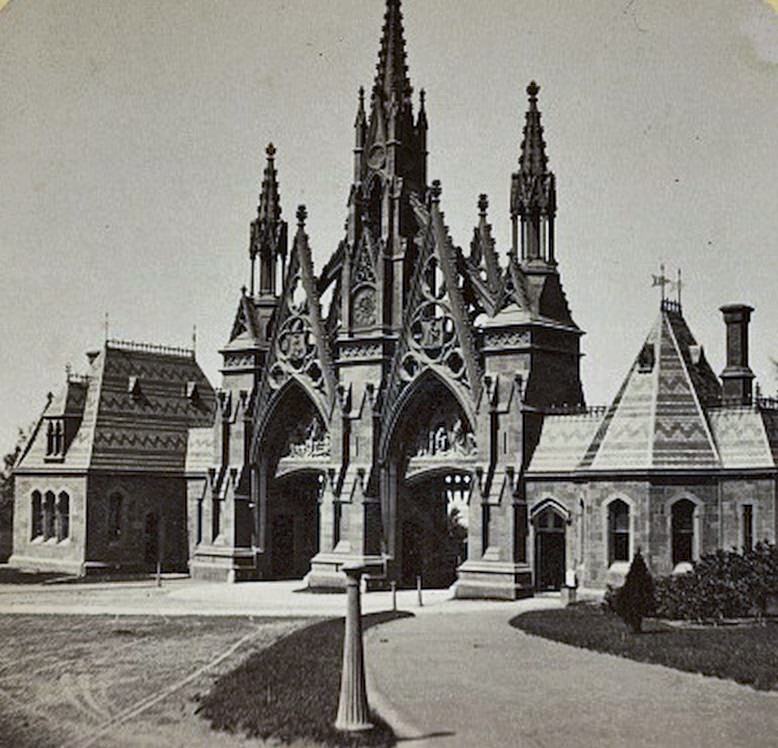
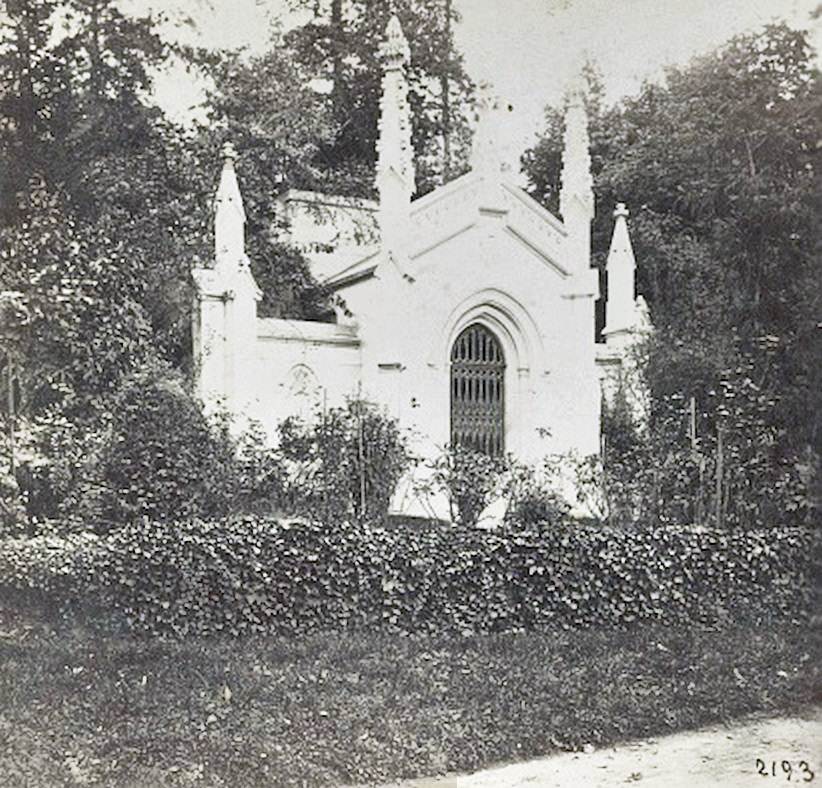
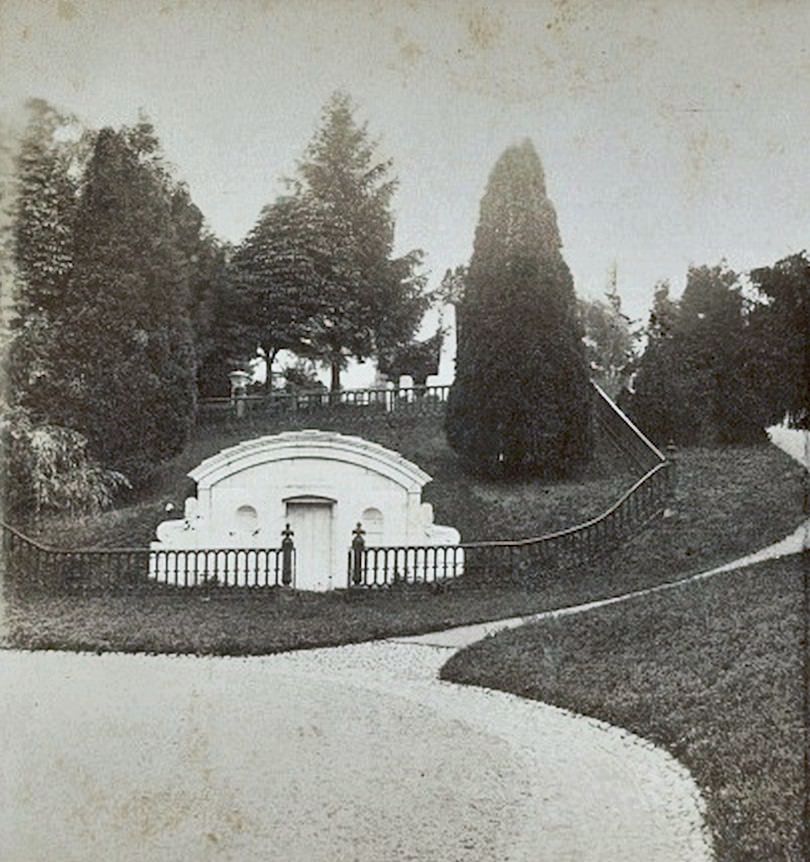
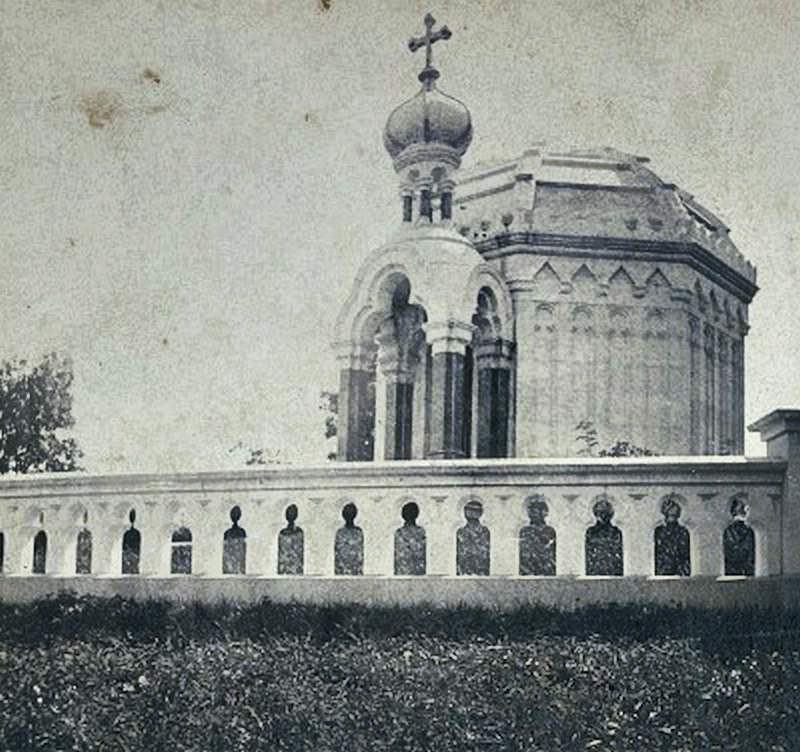
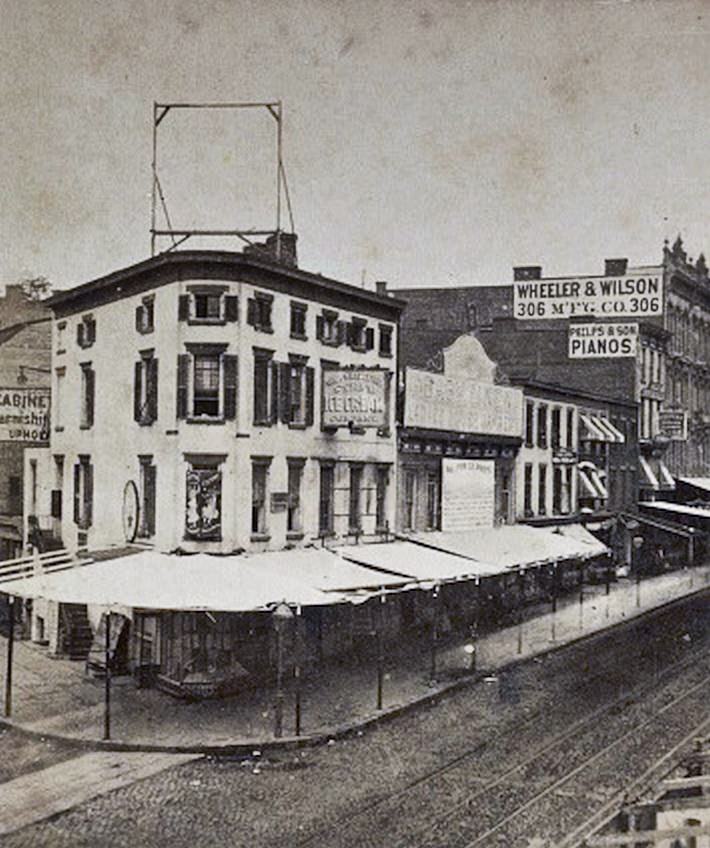
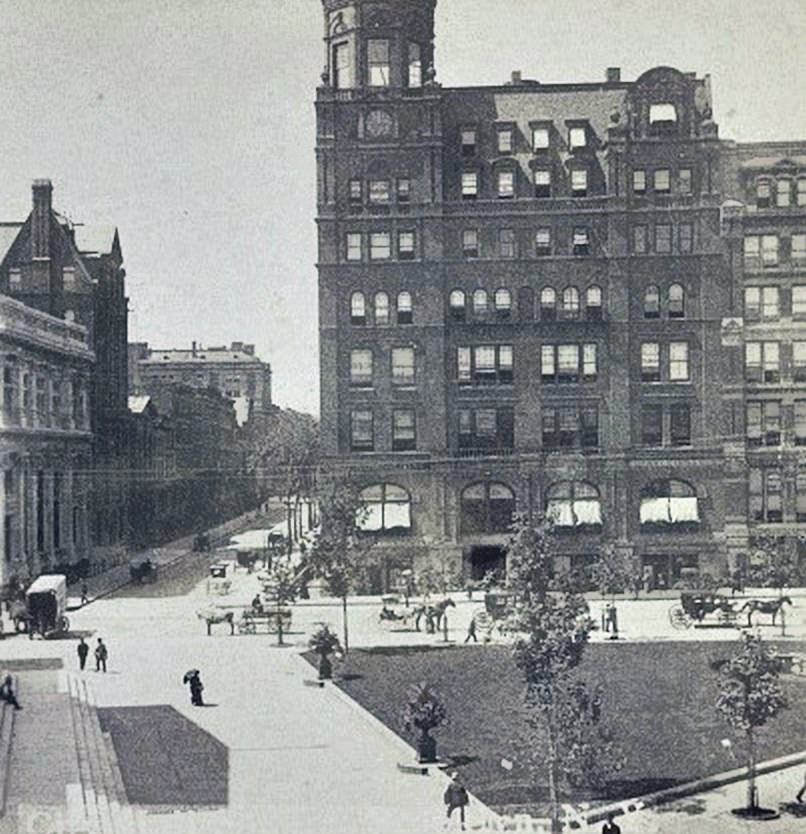
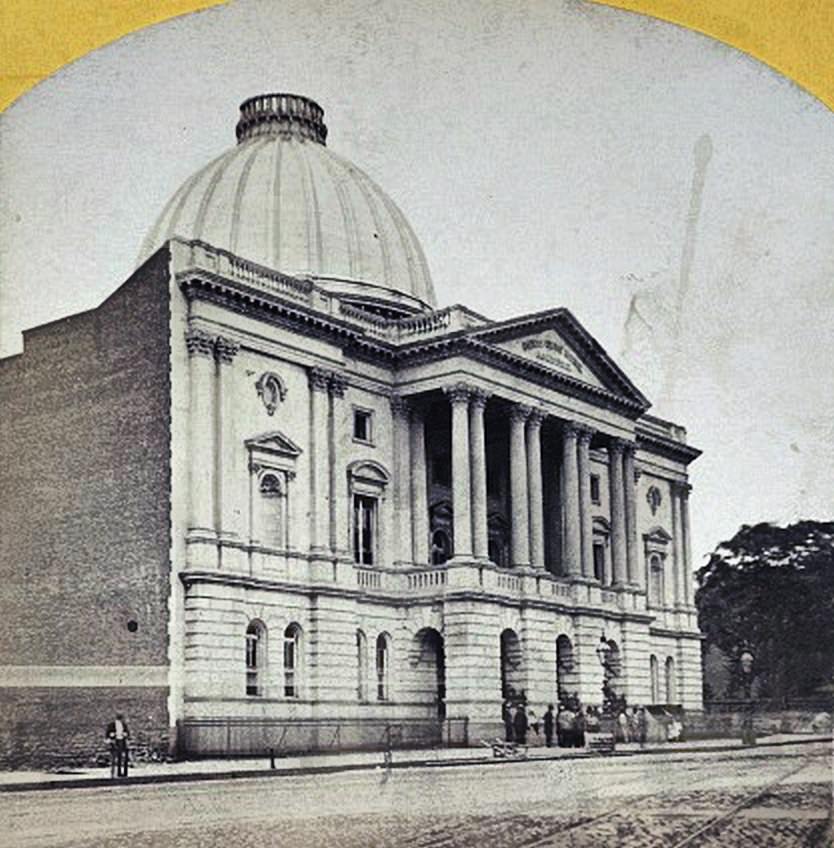
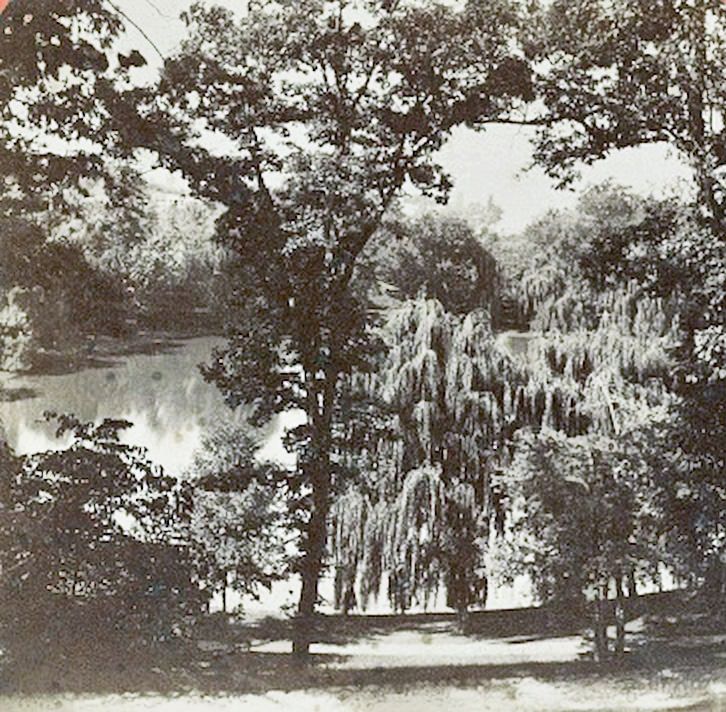
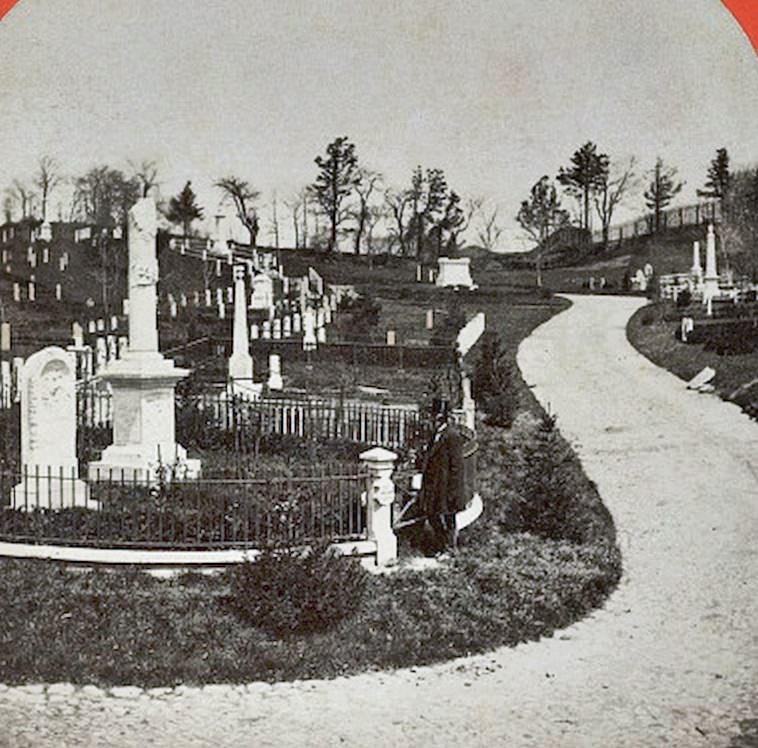

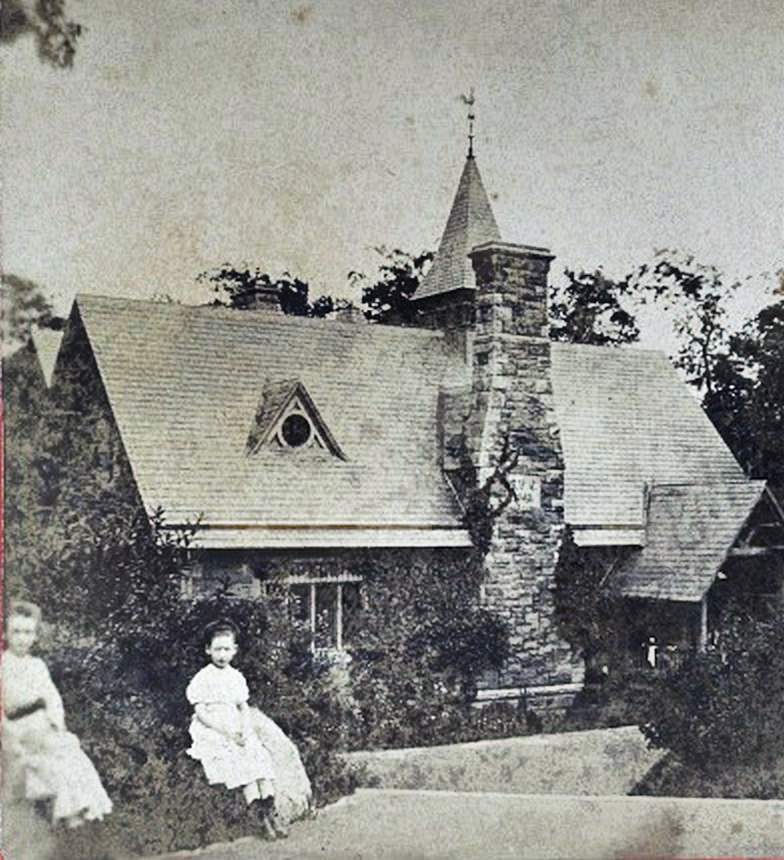
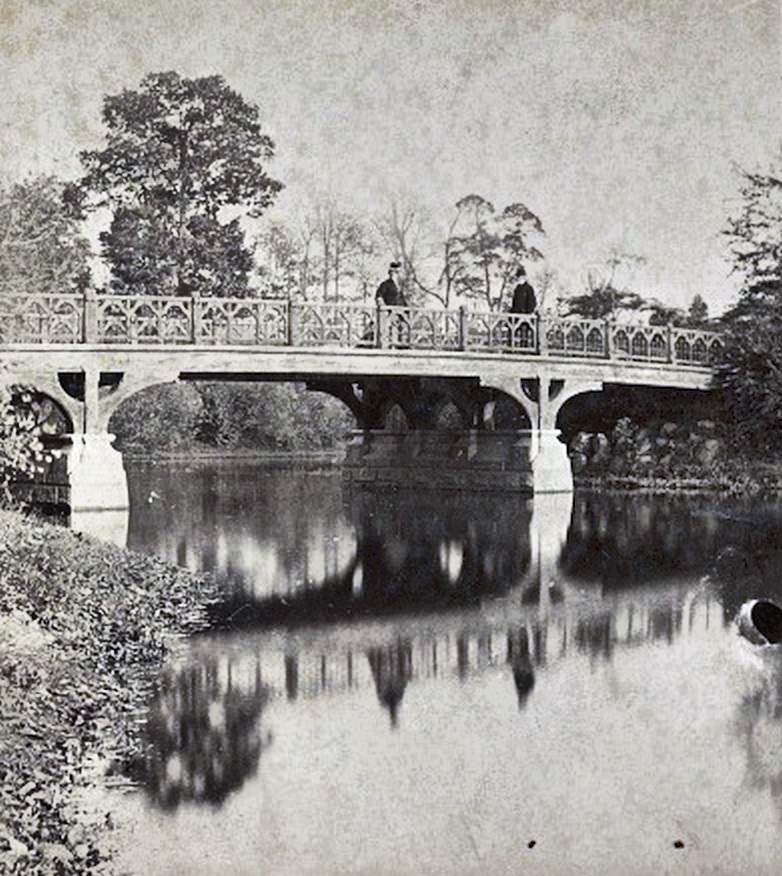
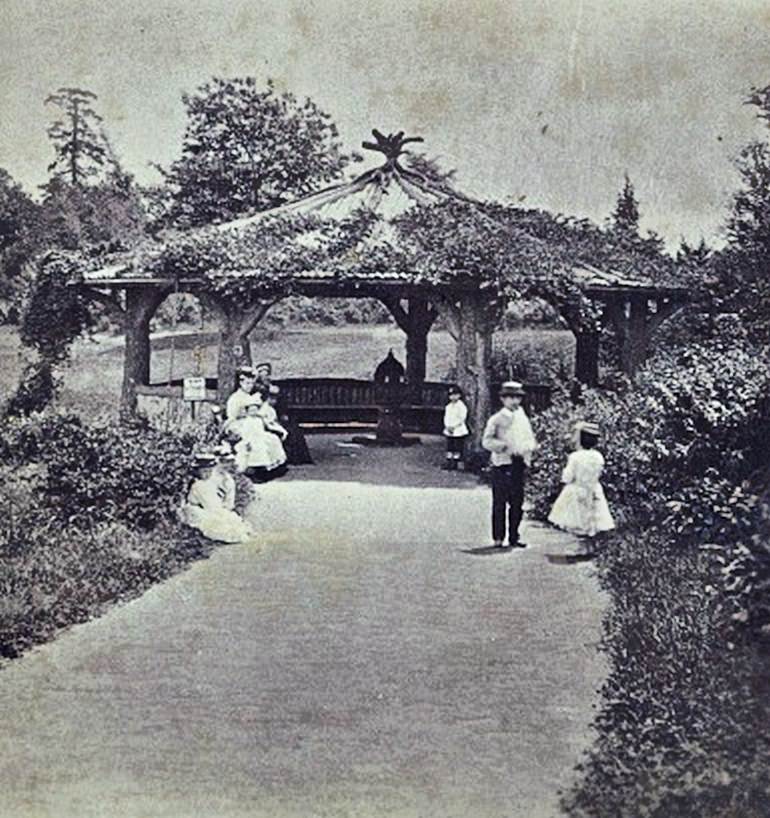
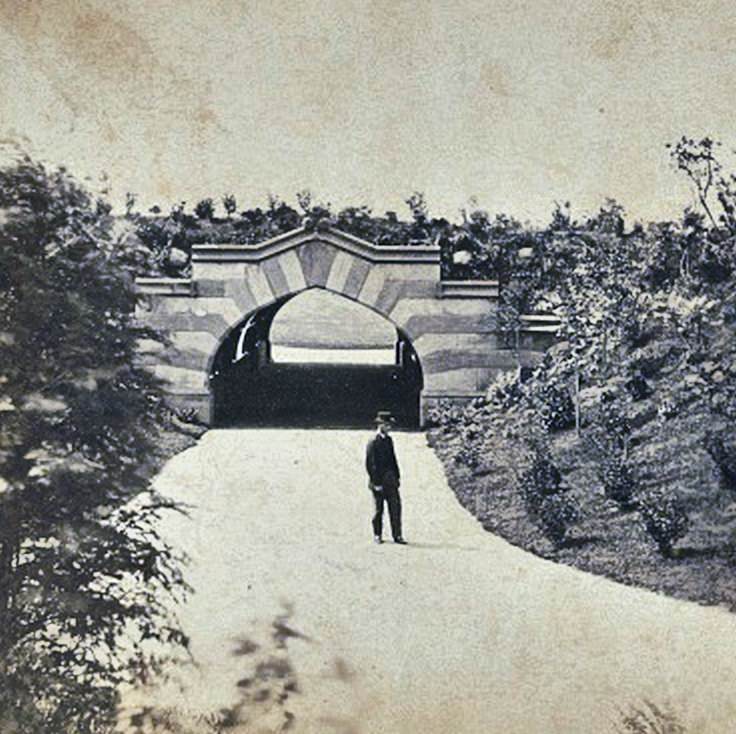

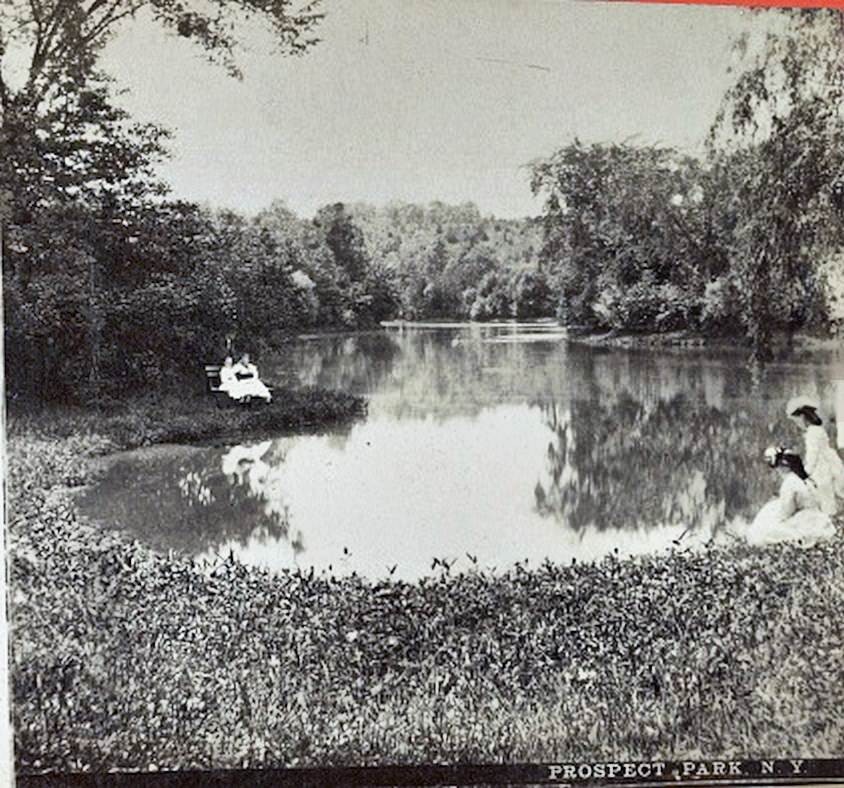
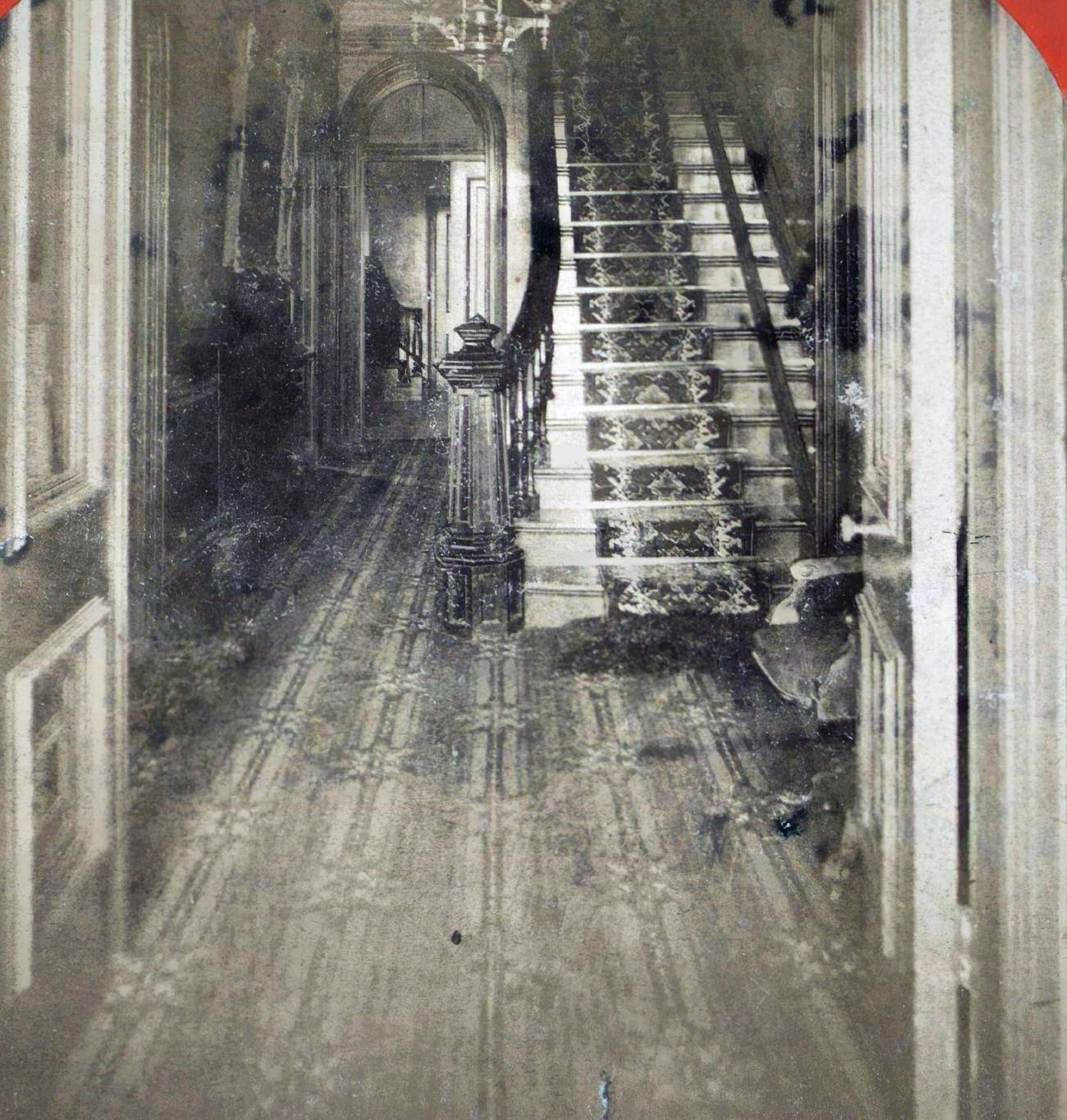

GIPHY App Key not set. Please check settings